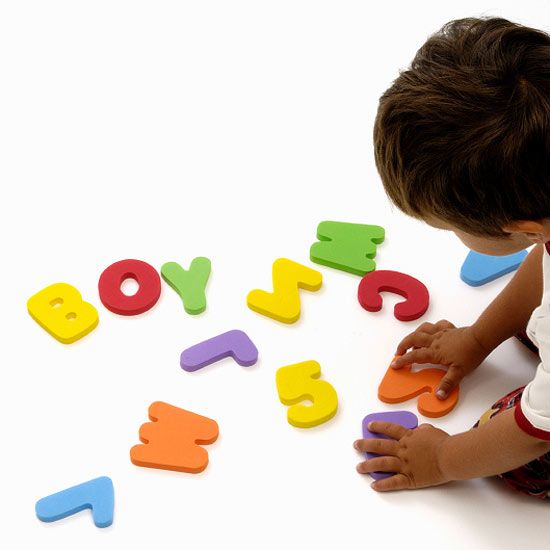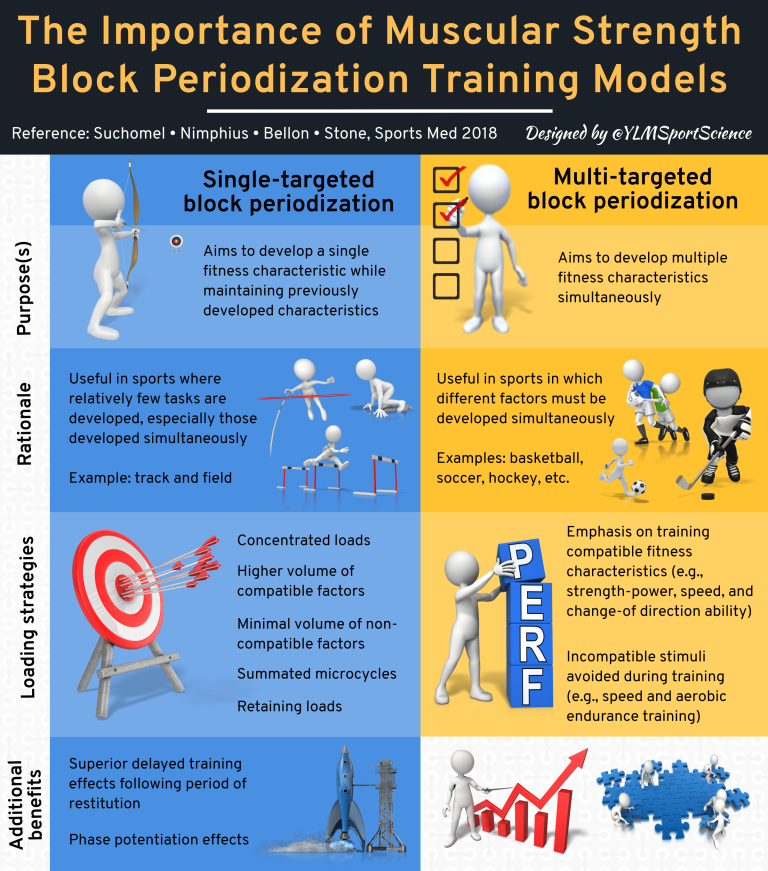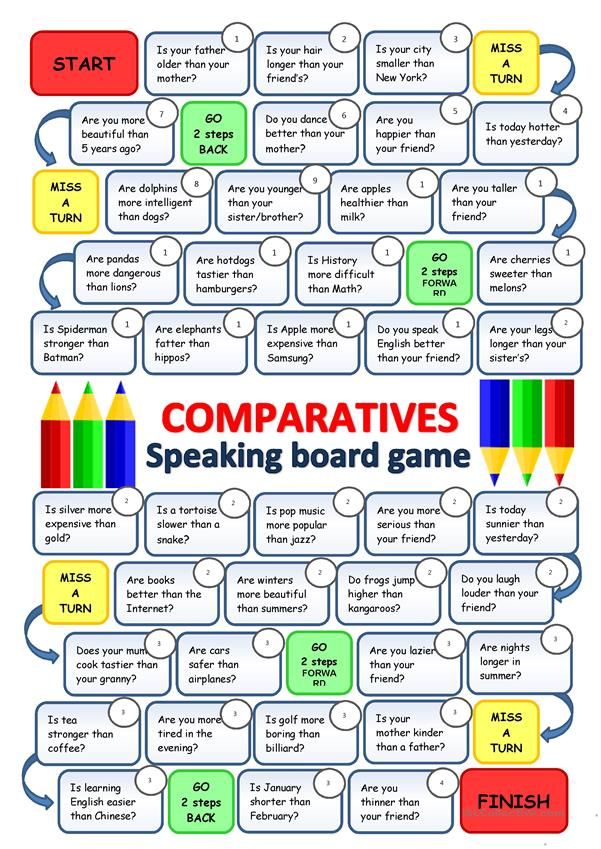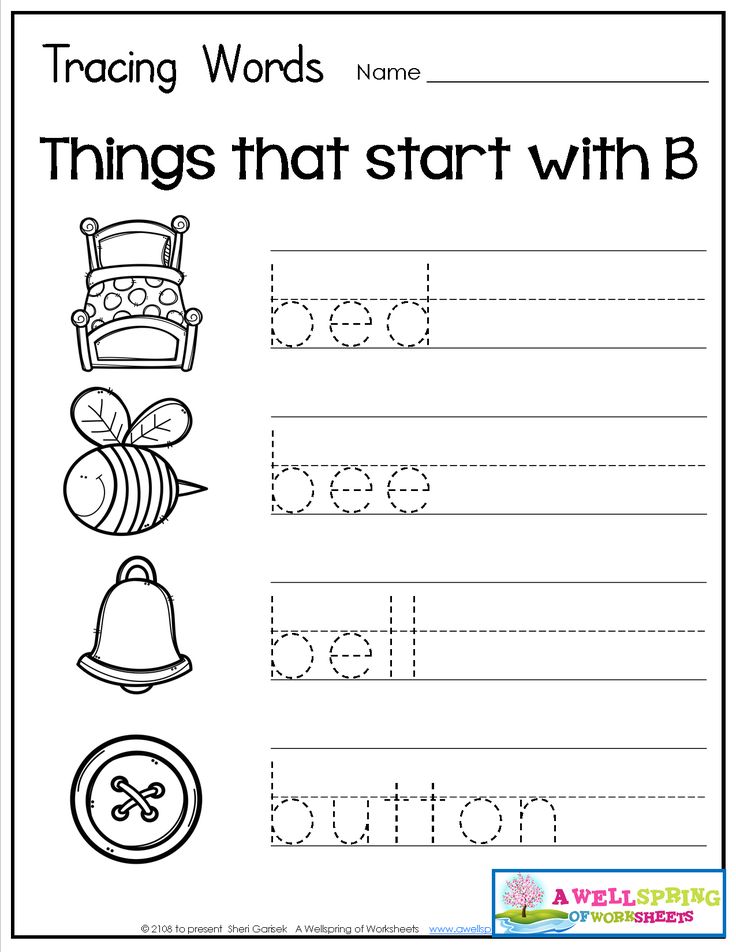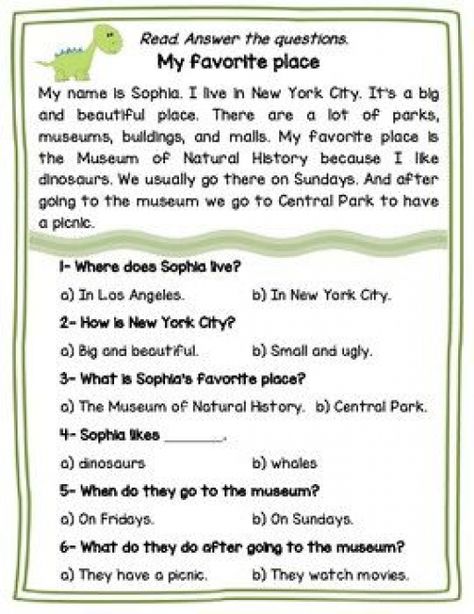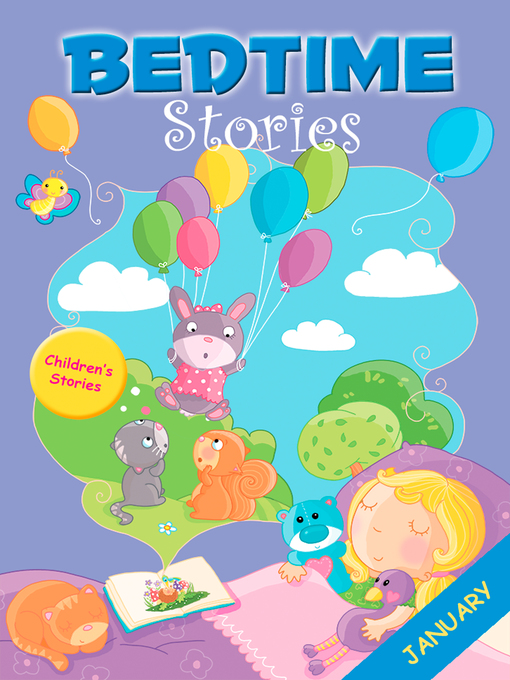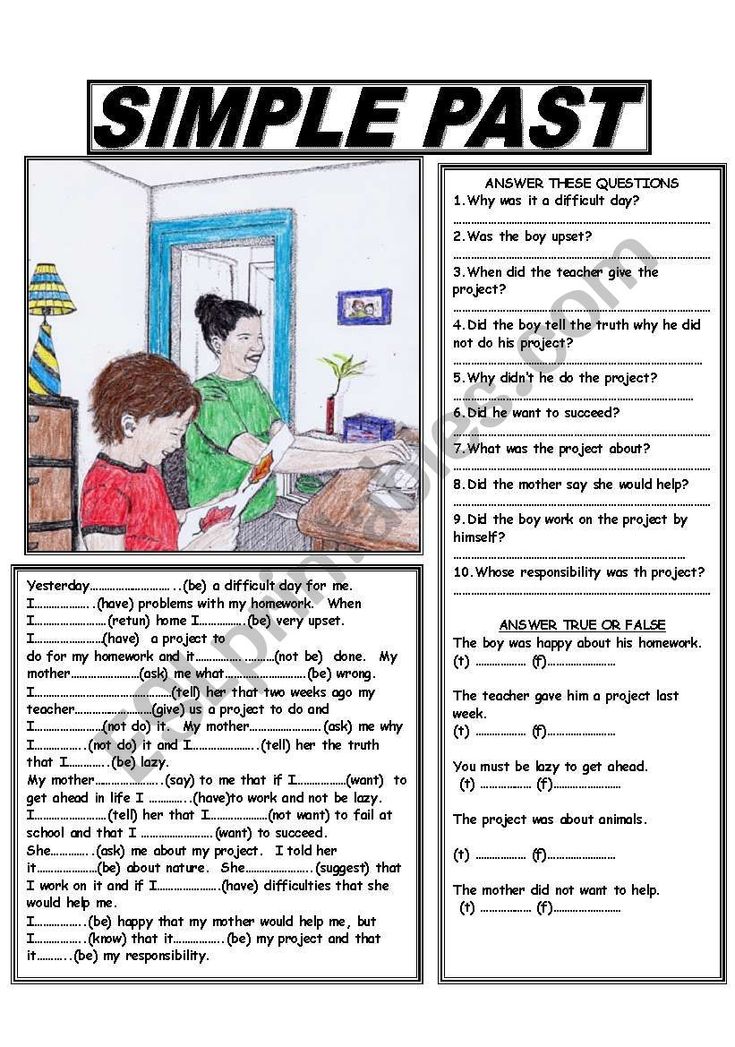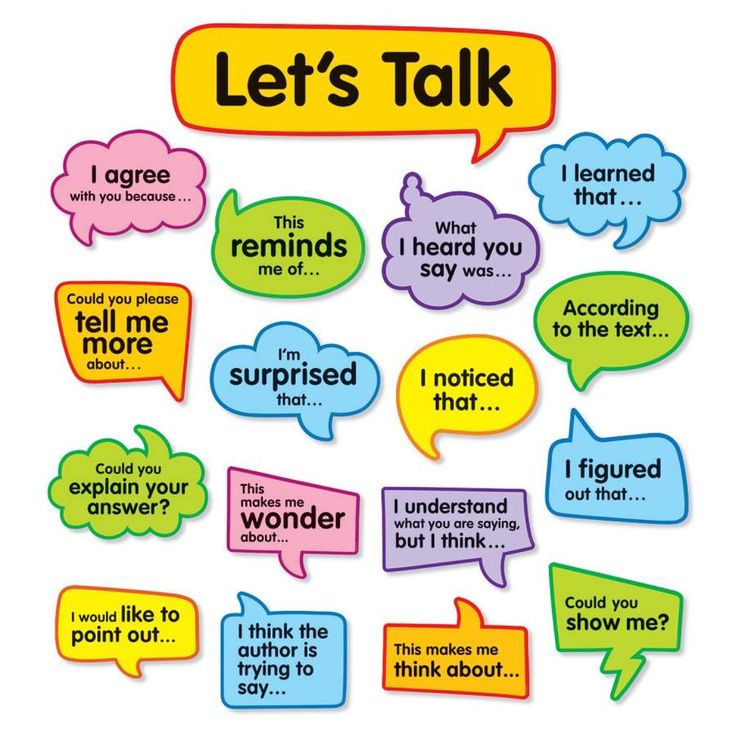Toddlers learning letters
How To Teach Toddlers The Alphabet (9 Effective Ways)
Teaching the alphabet is one of the first things that you will teach your child!
It’s essential to know the alphabet, so toddlers/preschoolers can start recognizing letters and learning phonetics.
But teaching your kids the alphabet can be incredibly frustrating!
Trust me; I know first hand how challenging it can be! But I promise if you stick with it and work with your toddler every day, you will see progress! Below you will see a video of my son working on his skills!
Today, I’m sharing 9 ways to help teach the alphabet to your toddler!
#1.
Did you know that there are FOUR ways that people learn? (Visual, auditory, reading/writing, and kinesthetic)
When children are exposed to alphabet toys like puzzles, magnetic letters, or foam letters, it is an excellent opportunity to begin teaching them.
Children can look at the letters, hear you say the name of the letter, and physically touch them, which almost hits all of the ways that we learn best (reading and writing will come at a later date for these kiddos).
I have used a variety of different alphabet toys with my kids to help them learn their letters at such a young age.
Here are FIVE alphabet toys that I recommend.
A. Melissa and Doug See-Inside Alphabet Puzzle
I can honestly say that my son learned his ABC’s with this puzzle!
At the time this short video was taken, he was 16 months old.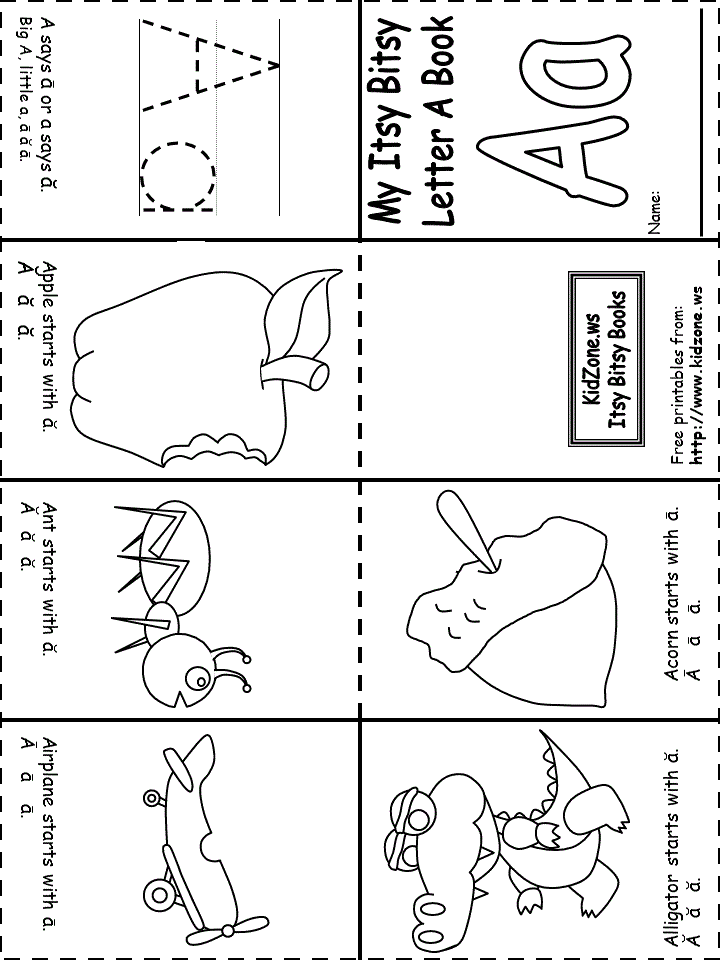 Below you will find a video of how you can play with this toy to help your toddler learn!
Below you will find a video of how you can play with this toy to help your toddler learn!
Check Price - Amazon
B. Melissa and Doug Alphabet Sound Puzzle
Do you have time to sit and play with your toddler all day?
Most likely, the answer is no, we all wish we could, but dishes need washing and laundry needs folded. This puzzle is fantastic because not only does it have the letters but it also makes the phonetic sound for each of the letters!
Check Price - Amazon
They can still be learning even when you are not right next to them!
It’s suitable for toddlers and preschoolers so they can start connecting the sounds that each letter makes.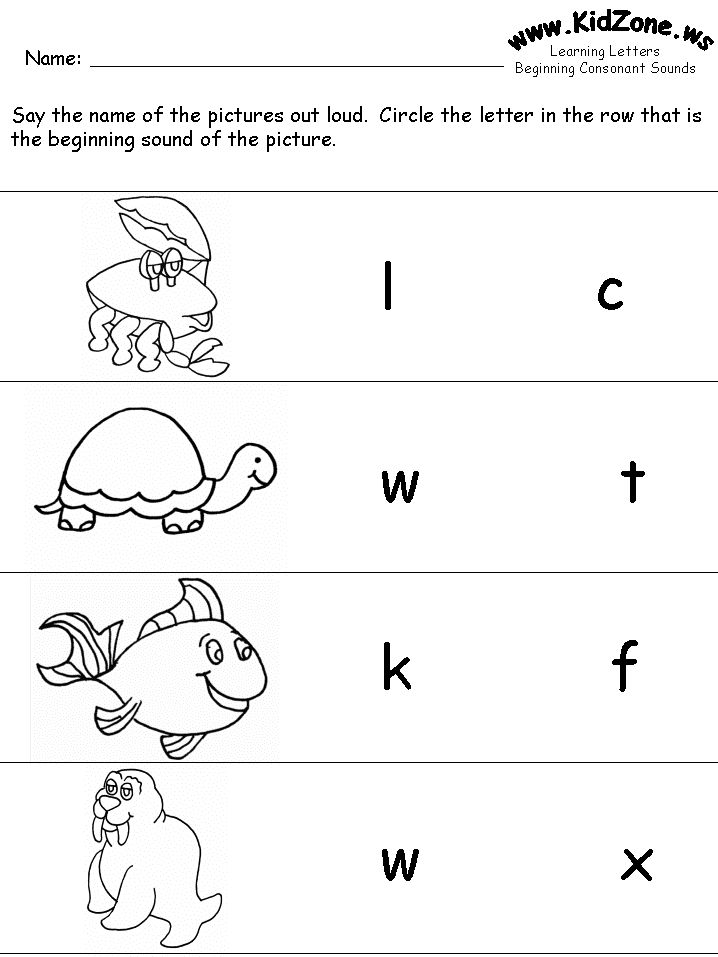
C. Sesame Street Elmo’s On the Go Letters
Who doesn’t love Elmo?
Check Price - Amazon
This alphabet toy has the letters that children can manipulate and also includes some of their favorite Sesame Street characters inside once they lift the letter!
*TIP* It is a little harder for younger ones to try to get the letters in and out, so you may need to be there to help them with this toy until they can pull them out themselves.
D. LeapFrog Fridge Phonics Magnetic Letter Set
My husband collects magnets from everywhere we travel, and our kids can’t get enough of pulling them off of the refrigerator!
That’s why I knew this toy was going to be a hit for both my kids!
These magnets can stick to the refrigerator, which is fun and engaging for toddlers. It comes with a magnetic bus that kids can press the letter into, and it tells them what letter it is and the sound it makes.
It also says words that begin with each letter and uses the word in a sentence, which is great for preschoolers or kindergartners, which makes this toy worthwhile since it can be used for a couple of years!
Check Price - Amazon
E. Leapfrog My Own LeapTop
My FAVORITE on the go toy! I had to get two because both my kids wanted their own.
I keep both of them in the car because it’s a fun toy for them to play with for a few minutes while we are in the car, and they get to be learning at the same time!
There are four functions on the computer for kids to interact with (letters, messages, animal games, and music). You can also personalize the computer by adding your child’s name in it!
Check Price - Amazon
#2. Repetition is Key!
Remember that time when you told your toddler something once, and they remembered it correctly, and you never had to say it to them again?
Yeah, me neither.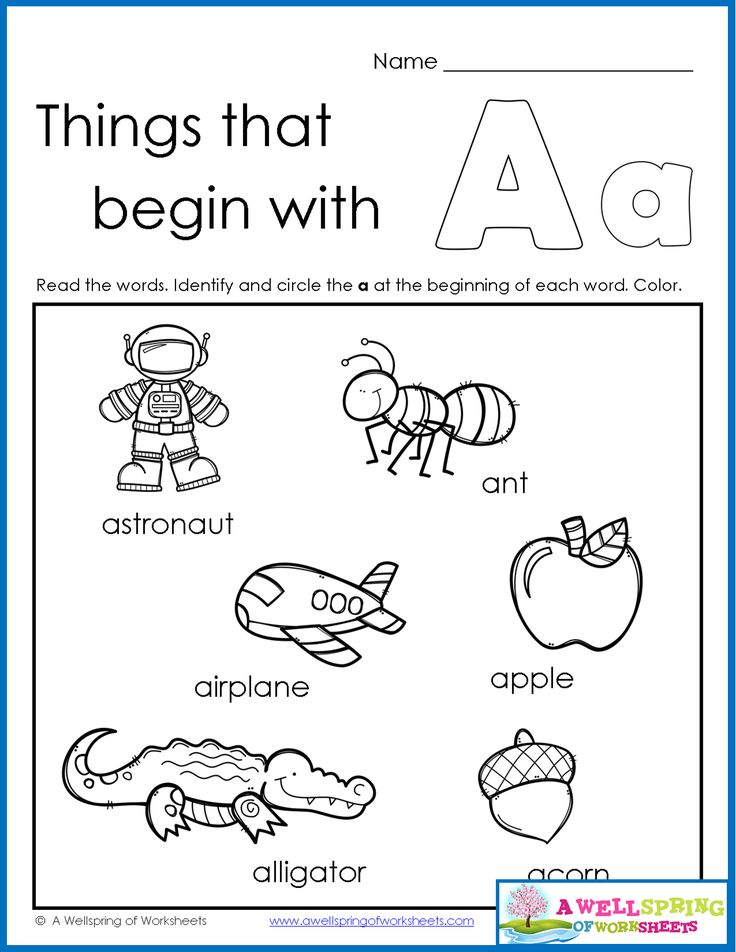
When you are trying to teach anyone something new, especially toddlers, repeating the information is crucial. Even though my son knows the alphabet, I still spend at least 10 minutes a day going over it with him, so he remembers the information.
It is engaging for your kids also to present the alphabet in different ways, so they don’t get bored with the same toy, which I will explain in the next section.
#3. Alphabet Learning Activities
There are so many creative and fun ways to help a child learn the alphabet!
Does your child love blocks? Try writing the letters of the alphabet on the Mega Bloks to get them interested in learning them. Use a dry-erase marker, and it comes right off with a baby wipe!
Does the child enjoy painting? Paint letters on a piece of paper and ask the child which letter is which.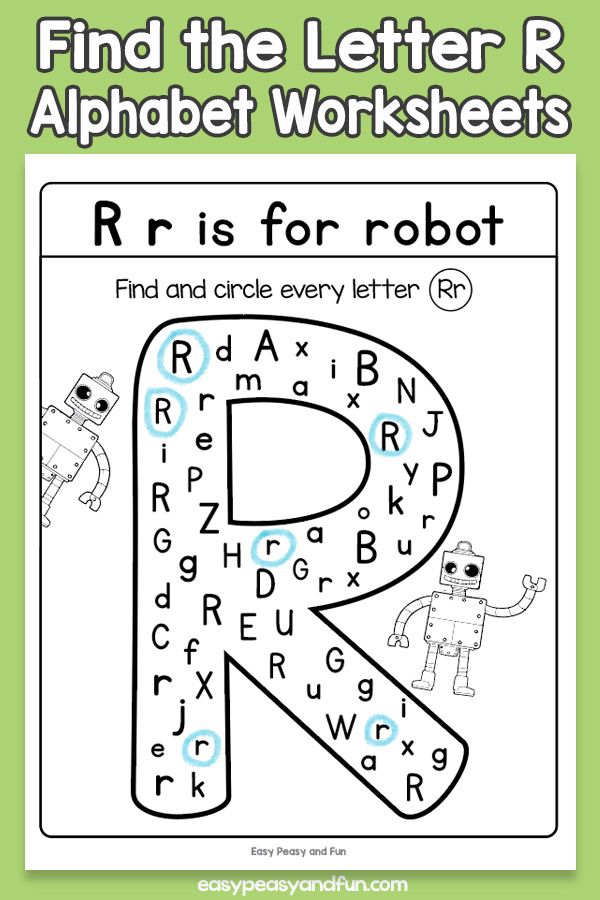
Does the child like to play in the bathtub? Get foam letters that are made to go in the tub and review the letters when it’s bath time!
No matter what the child enjoys, you can use their interests as an opportunity to help them learn.
I have an article that lists 21 PERFECT Alphabet Activities For Preschoolers, check out this article to learn about more activities that you can do!
In the meantime, here are THREE easy activities you can use today!
A. Post-It Letter Activity
I think it’s easiest to do activities with supplies that you already have at home!
Write down an upper/lower case letter on each post-it note. Mix up the letters and ask your child to find a letter. Or, if they are really excited about pulling the post-it notes off the wall, when they pull them off, ask them what letter they have in their hands!
B.
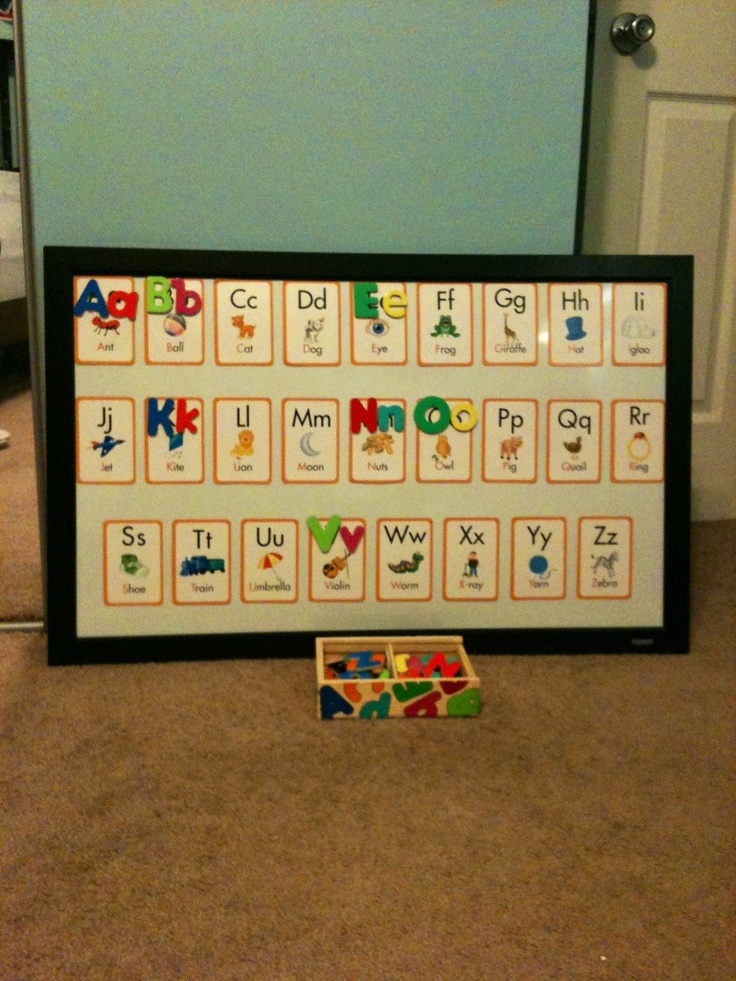 Do-A-Dot Painters
Do-A-Dot Painters
Who doesn’t love paint that doesn’t cause a mess?
Do-A-Dot Painters are so much fun, and the clean-up is so much easier than traditional painting.
All you need to do this activity is Do-A-Dot Painters and my FREE Do-A-Dot Letters
How to help your kids learn with this activity:
1. For early learners, identify the letter to them. Have them try to look around the worksheet to see if they can see at least one or two matches to the letter you are working on. If they are struggling to use the Do-A-Dot painter on their own, try to help them by having them hold your hand while you both do it!
2. Older children should try to do this activity on their own. Ask them what letter it is that you are focusing on and have them try to use the Do-A-Dot painters on their own to see how many they can match correctly.
View Amazons Price
C.
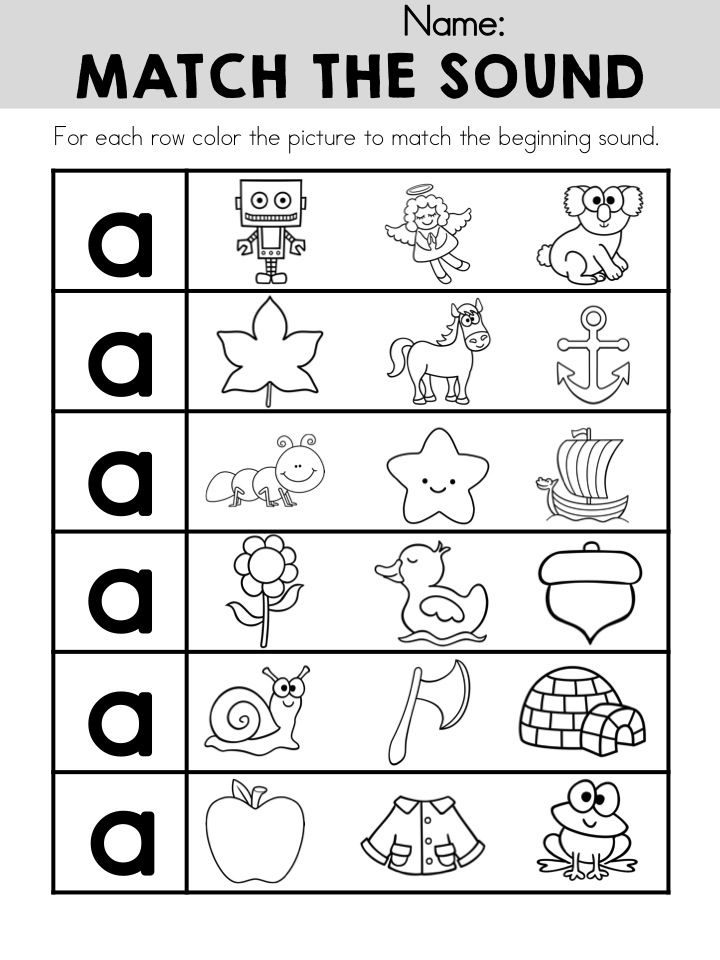 Sand Letter Search
Sand Letter SearchThis activity was a hit! Both kids continued to do this activity for a half-hour after they found the first round of letters!
You need kinetic sand and magnetic letters to do this activity.
- The link for magnetic letters above has uppercase, lowercase, and numbers in the container, which I thought was the best deal because you could do this activity for each of these.
Ask your kids to search through the container of sand to find letters. They will love it because the sand feels SO cool! Once they find a letter, they can find it on the below worksheet that I created for you.
*CLICK HERE TO GET YOUR FREE UPPER CASE LETTER SEARCH WORKSHEET!*
#4. Begin With Uppercase Letters
I have noticed that almost all alphabet toys, learning videos, and books use uppercase letters.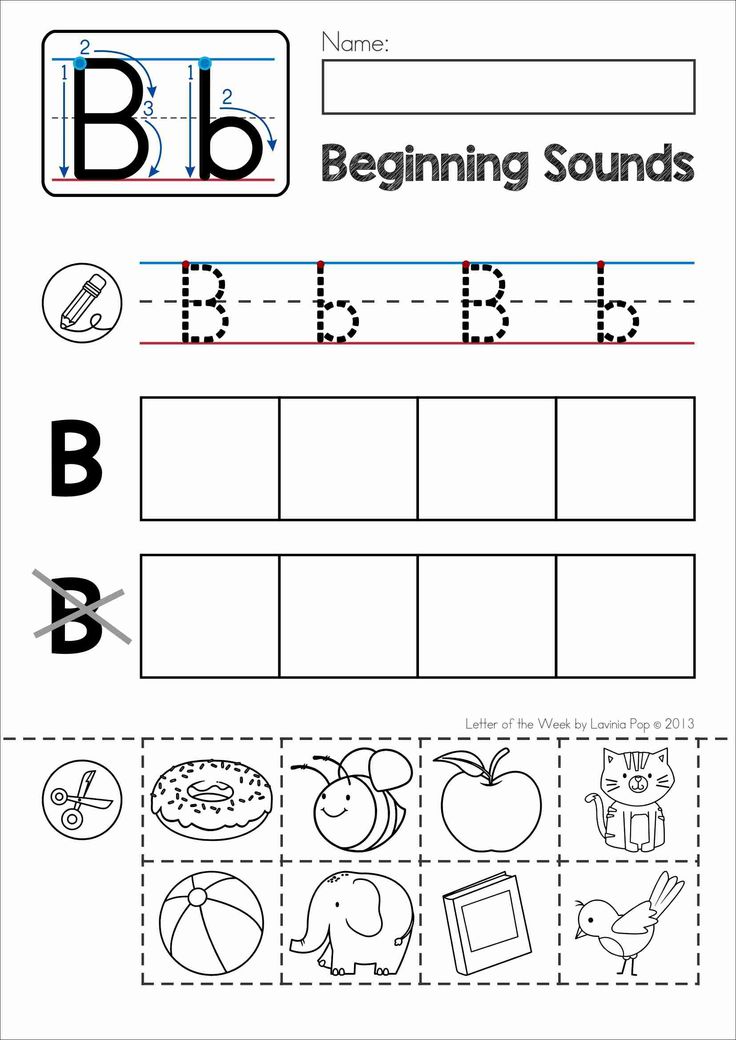
Because of this, starting with uppercase letters is the best way to teach your child the alphabet!
Make sure before moving onto lower case letters that your child knows each uppercase letter. I promise it’ll make it easier for them to learn!
We have these uppercase and lowercase learning locks that are so much fun to play with and work on fine motor skills!
Check Price - Amazon
It can be confusing for kids to hear that a lowercase letter is the same as an uppercase letter, especially if they look nothing alike. It’s essential to help them with this activity, so you can explain that they are the same letter!
#5. Read Letter Books
Each night, we have a routine to at least read 2-3 books with our kids before bedtime.
Reading is crucial to a child’s development.
I don’t know about you, but I feel like each time I am at the pediatrician, they always ask me if I am reading to my kids.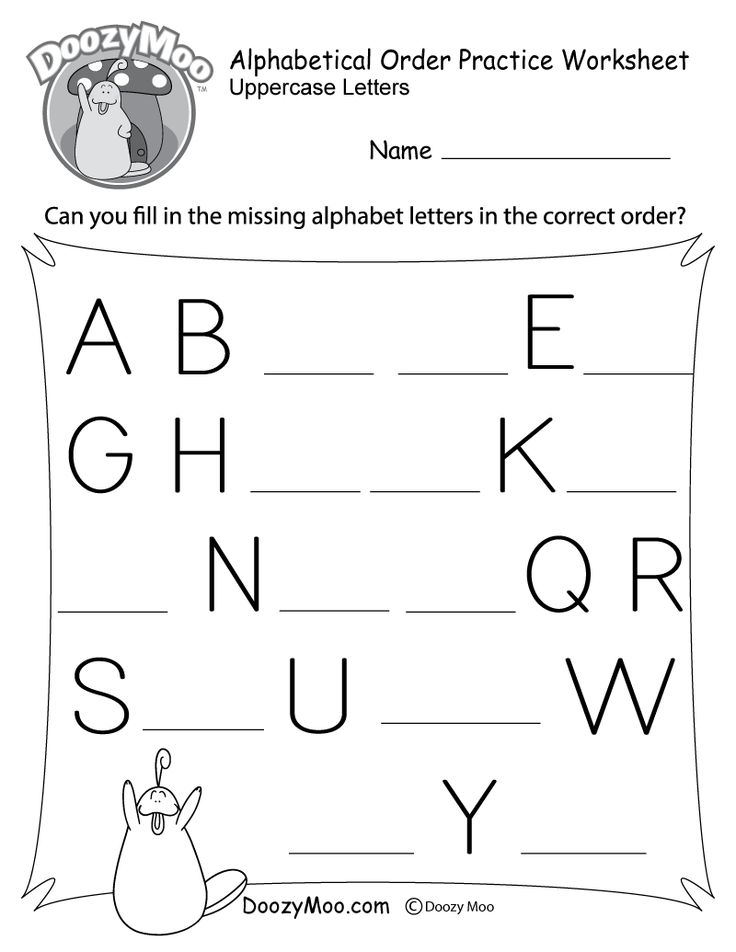 That shows me it’s pretty important!
That shows me it’s pretty important!
There are SO MANY books to choose from out there that focus on the alphabet and letter recognition. It’s challenging to make a choice!
But here is a list of my kid’s favorites.
A. My Best Ever: ABC Alphabet Book
B. Chicka Chicka Boom Boom
C. LMNO Peas
D. Sesame Street: Elmo’s Word Book
- This book is my favorite! It has flaps that kids can pick up to see pictures underneath, so it’s interactive, which makes it more memorable for them.
#6. Watch Educational Videos
Yes, I know you think I’m crazy for recommending screentime for toddlers!
We try to limit the amount of screen time that we have at our house.
But there are times when I have to change the laundry or clean up the giant mess created in the kitchen from painting.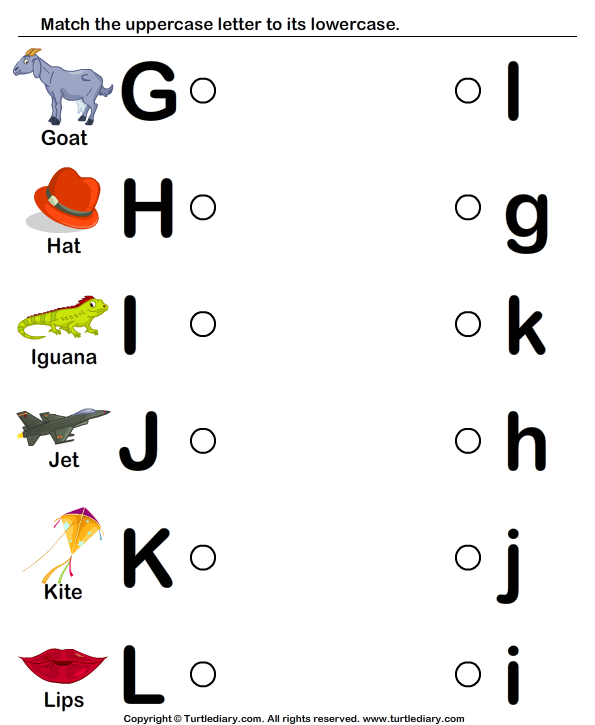 Utilizing an educational video for these times can be extremely helpful, and I don’t feel that guilty.
Utilizing an educational video for these times can be extremely helpful, and I don’t feel that guilty.
The current favorites at our house are Super Simple Songs, Bob the Train, or Little Baby Bum. These songs/shows are catchy, and they help aid in the learning process.
I’m not saying I allow my kids to watch hours of TV each day, but I do let them watch some.
#7. Focus On A Few Letters
Wow, I messed this step up when I was first teaching my kids the alphabet!
I started out showing them all the letters of the alphabet and trying to tell them all the letters at one time. I was wrong!
After realizing they weren’t picking up what I was trying to teach them, I tried focusing on only 2-3 letters a day.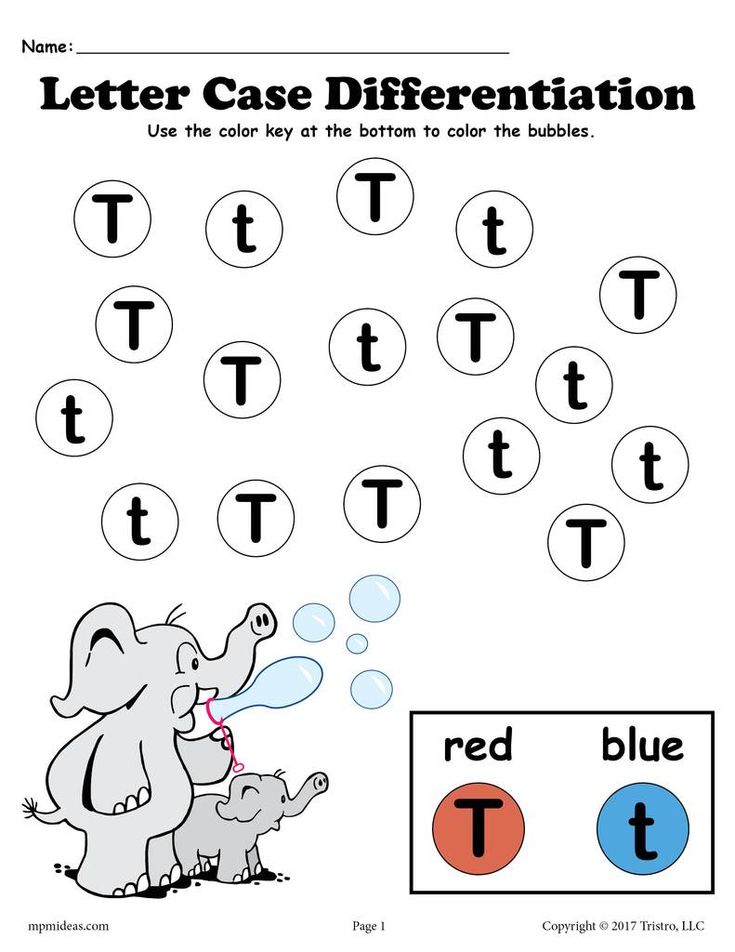
This way, it wasn’t so overwhelming.
If you use one of the alphabet toys that I mentioned above or you have your own that works for you, start by showing them A, B, and C.
For a few days, go over just those letters then add two more to that list. Always go over the letters you began with as well to keep that repetition going!
#8. Don’t Overdo It
Have you ever tried to sit down and teach your toddler something, and all they want to do is play with other toys?
This happens to all of us! Toddlers don’t have a very long attention span. There are times throughout the day that are better than others to try to teach them.
There will be times I attempt to work with both my son and daughter, and I can tell they are not interested whatsoever.
If you make them learn when they are not ready, they will not be eager to do it the next time.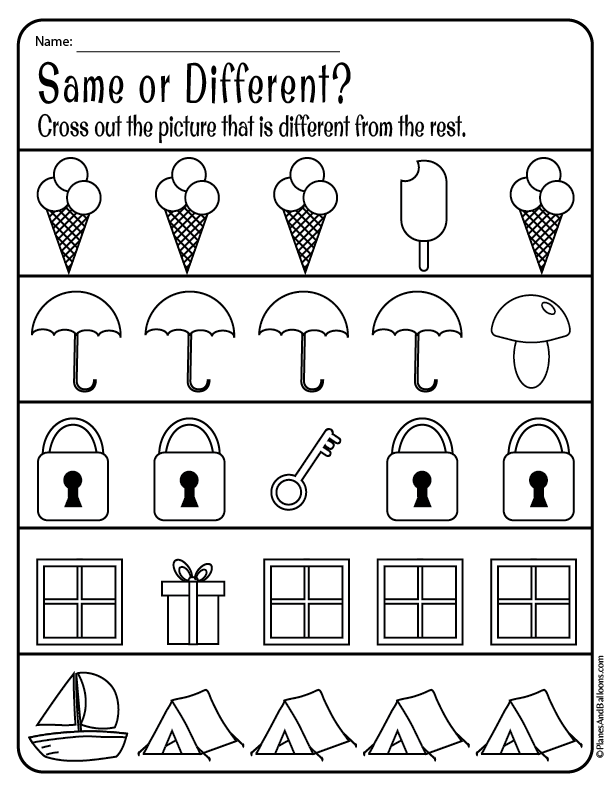 It’s better to wait until your kids are prepared to concentrate for a few minutes so you can get the most out of that time.
It’s better to wait until your kids are prepared to concentrate for a few minutes so you can get the most out of that time.
#9. Don’t Compare Your Child To Others.
Do you have friends on social media that brag about how their children are geniuses?
So many parents use social media as a place where they can brag how well their kids are doing at school and how smart they are!
It’s easy to compare what your child is doing with other children their age.
Every child has a unique learning process, and they will learn the information when they are ready!
There is no need to get frustrated or worried that the child is behind if they don’t know their alphabet at 16 months.
Take your time when you are teaching your child and stay positive with them! If you show them that you are frustrated, they will see your frustration and maybe not be as interested in learning.
Final Thoughts and Conclusion
My most important tips for teaching the alphabet are repetition and don’t get frustrated! If you follow these 9 ways to teach your child the alphabet, you are off to a great start on your child’s education!
I would love to help you on your journey to teaching your child the alphabet!
If you have any great ideas that you would like to share that helped you teach the letters of the alphabet to your child, please share them with us!
14+ Simple Activities to Teach Toddlers the Alphabet
81 shares
- Share
- Tweet
Learning the ABCs is the foundation of reading and writing and something that you’ll want to start teaching your child early on.
Teaching toddlers the alphabet can often seem like a daunting task because you’ll want to create a strong foundation to build on for higher level skills.
The last thing you want to do is make letter learning stressful or frustrating. The goal is not to have them just memorize the letters and spit them back out, but to interact and grow from what they are learning now.
When Should You Start Teaching Your Toddlers the Alphabet?
The good news is that little ones are like sponges and they love to learn!
Your toddler may begin to recite the alphabet from memory by learning the ABC song closer to 18 months old, but recognizing and identifying the actual letters is a skill that may come later on.
You can start teaching toddlers the alphabet around age 2, but can even begin earlier than that.
Now that’s not to say that at two years old your child will know their whole alphabet. Two is simply the age that they can recognize a letter here and there.
Don’t overwhelm your child by showing them the entire alphabet at once. Work on one letter at a time and your toddler should pick it up quickly.
How to Teach Toddlers the Alphabet
Children typically start recognizing the letters in their own name first and then recognize all other letters after that.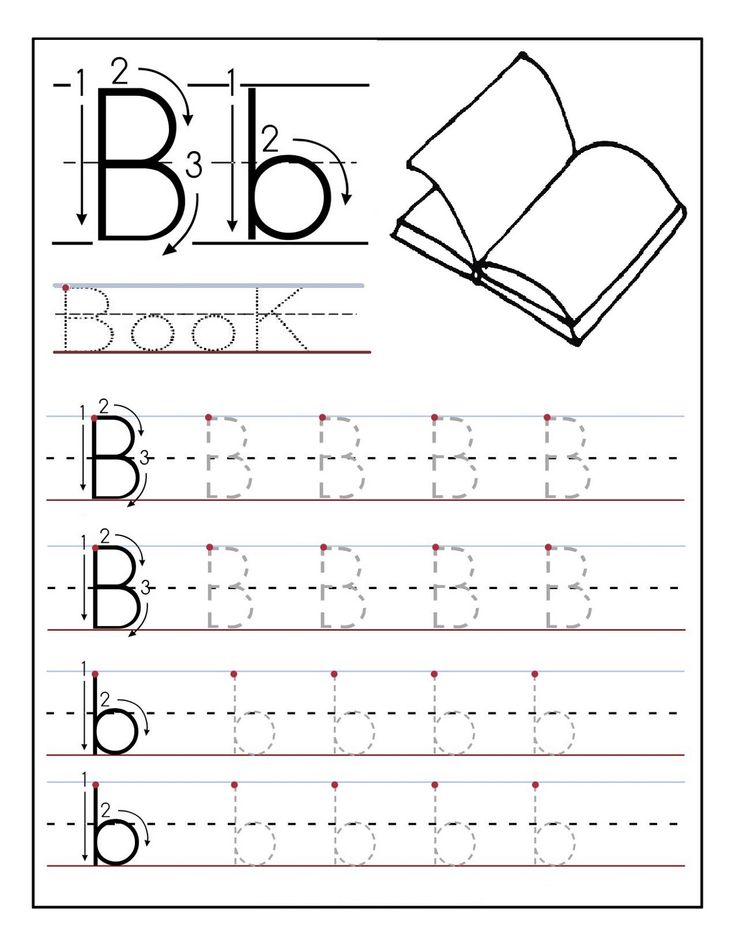
Be sure to have your child look at both uppercase and lowercase letters when learning. Most children are taught all of the uppercase letters first, however, the lowers case letters are the ones that they will see more often when they read or see words.
Incorporating the Alphabet in Everyday Activities
One of the best things about teaching toddlers the alphabet is that you can include simple activities throughout the day. Some of my favorite ways to do this are:
Board Books
If you aren’t already, reading to your children is so important and great for development. Exposing them to books helps them start to recognize letters.
Any and all books provide so much benefit for recognizing letters as your child gets older, but board books with large letters are best for teaching toddlers the alphabet. This book allows your toddler to trace the letters with their fingers and lift-the-flap fun to help with letter learning.
ABC Toys
There are lots of different toys out there that help children learn their alphabet.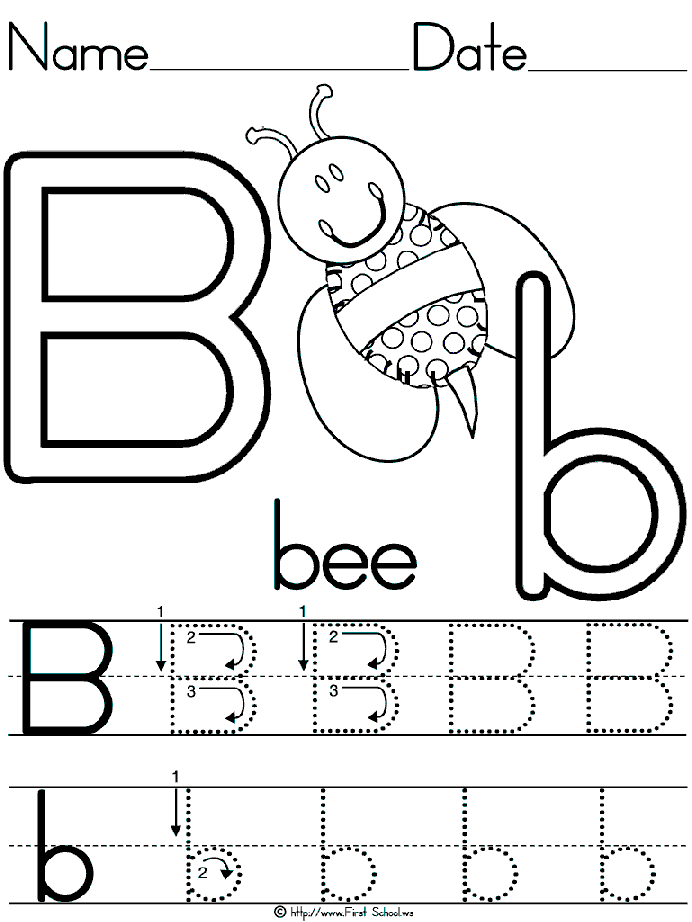 Try finding toys like these letter matching puzzles that have your child match the shape of the letter.
Try finding toys like these letter matching puzzles that have your child match the shape of the letter.
Magnetic letters are also great. You can have them on the refrigerator so when you are cooking they can play with the letters.
Related Post: 20 Important Things to Teach Your 2 Year Old
Name Learning Recognition
Writing your little one’s name out large on a piece of paper and going over each letter is a great way to help them recognize the letters in their name. You can have them trace the letters in different colors to make a “rainbow name” activity.
These name puzzles from Bloom Owl are a great way to get your child learning the letters of their name. They’ll love playing with the puzzle as they start to recognize the letters they see all the time.
Sing the ABC song
Singing the ABC song is a great way to help your toddler learn the sequence of the alphabet. When doing an activity like letter recognition, you can sing the song and point to the letter at the same time helping them to recognize the letter name with the letter shape.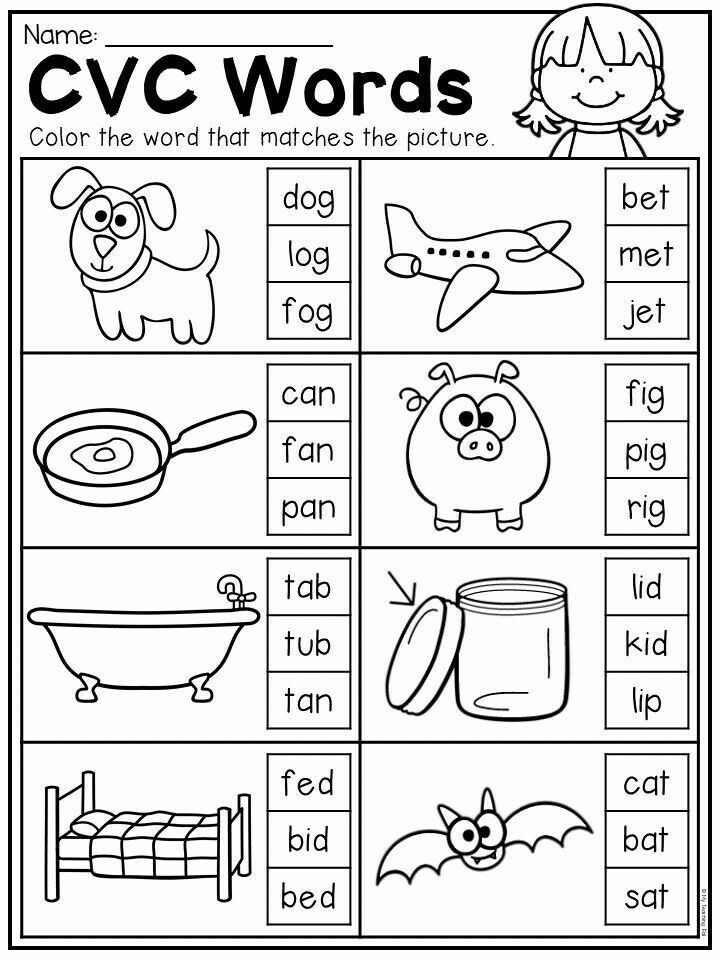
Workbooks and Printable Worksheets
Workbooks and worksheets are great tools to help children learn the alphabet and teach them what letters look like. Even if they aren’t quite able to trace yet, exposing them to the letters is still a great idea.
Letter Shows
By far the easiest resource for having your child learning letters and letter sounds is the Leap Frog shows on Netflix. They include Letter Factory, Phonics Farm, and more. If you have Netflix you can access these shows! My 20 month year old was reciting all of the letter sounds because he loves this show so much!
Games and Activities for Teaching the Alphabet
Since toddlers learn through play and exploration of their environment, they understand best when taking a hands-on approach to learning. Finding fun games and activities is a great way to teach toddlers the alphabet by making it an engaging learning experience.
Every child also has their own style when it comes to absorbing new information.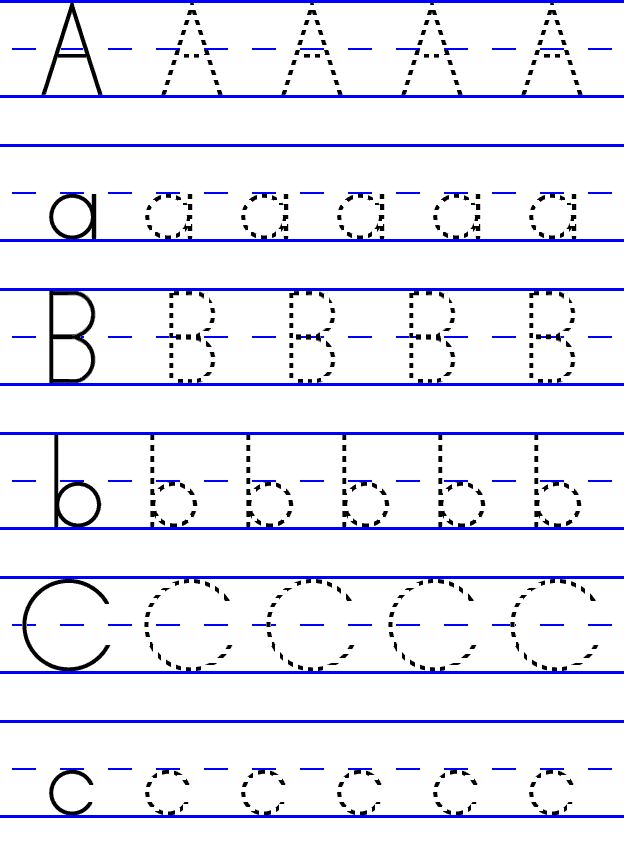 Some children may learn best while jumping up and down, feeling objects with their fingers, or listening to a song.
Some children may learn best while jumping up and down, feeling objects with their fingers, or listening to a song.
Here are a few games and activities that incorporate sensory modalities to build on letter learning. They don’t involve actually writing letters, so they’re great for young toddlers as you teach them the alphabet.
Related Post: 31 Things That You Can Teach Your 3 Year Old
Alphabet Soup Via Busy ToddlerThis activity is great for toddlers because it helps them to interact with letters and have fun. You can help them by asking them what letter they found and then associating the sound the letter makes.
Writing Let
ters with Shaving Cream Via A Gift of CuriosityWriting letters with shaving cream is one of the ways my mom helped me learn letters as a child. I remember having so much fun writing with shaving cream.
ABC Hide and SeekVia Discovering MommyhoodBury some letters in rice (beans would work too!) and have your toddler find them.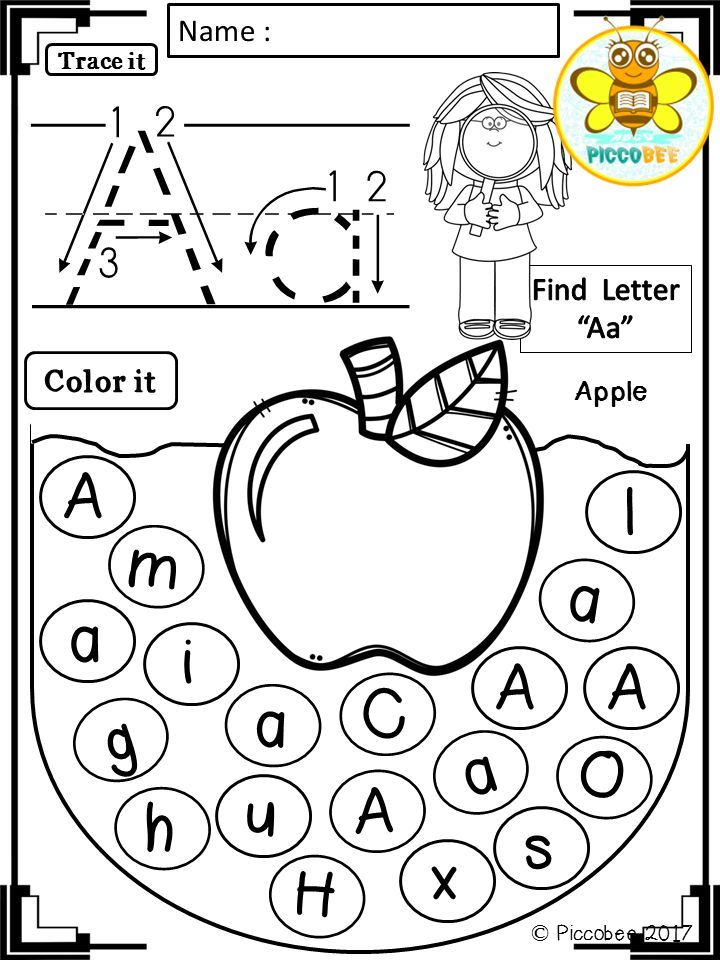 This is a great way to engage them with play and also help them learn to match up their letters. Another way you can change this up would be to have them match uppercase to lowercase and vice versa.
This is a great way to engage them with play and also help them learn to match up their letters. Another way you can change this up would be to have them match uppercase to lowercase and vice versa.
Feed the alphabet monster is a fun and silly way to help teach toddlers the alphabet. You can leave the letters in order to start and then, later on, scramble them up. Another way to make this game a little more complex would be to have an uppercase and lowercase version of each letter.
Related Post: 10 Clever Ways to Teach Your Toddler How to Share
Sticky Alphabet TreeVia Toddler ApprovedI love this game for teaching toddlers the alphabet! I think it is adorable and functional. You can help your toddler associate words with each letter like “A for apple” or “B for bear”. As they become more proficient, you can ask them to say a word that starts with the letter they picked up.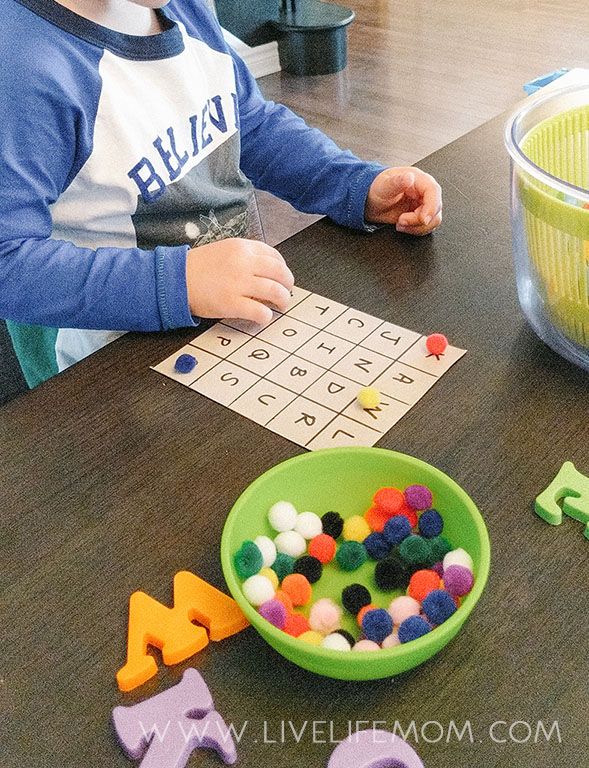
Dry Erase Letter Erasing
This is a multi-sensory activity using a dry erase board and dry erase marker or eraser to help your child learn to recognize letters. Tell them that you will tell them a letter to find. Then they must locate it on the board and erase it. This is great for little ones who don’t have control of writing actual strokes.
Teaching toddlers the alphabet doesn’t have to be complicated and learning through play is a great way to build a strong foundation for letter recognition. There are so many simple everyday activities that you can do to help them learn.
The best part is when you teach your older children the alphabet, they can help your younger children learn too!
I hope that you found some practical ways to incorporate teaching toddlers the alphabet in your everyday activities and some fun games to play!
Related posts:
Learning the alphabet: methods, exercises and games for children
The alphabet is the foundation of reading.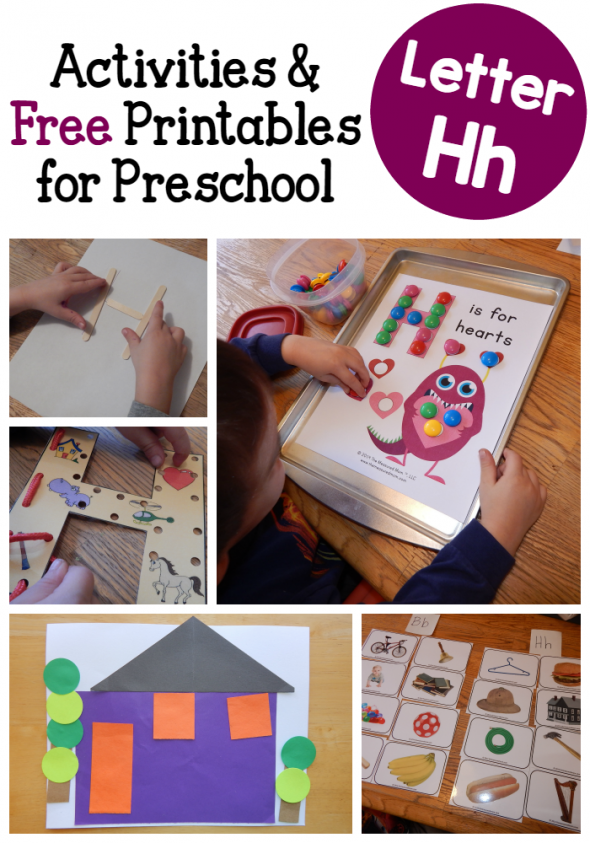 Therefore, before you start reading and writing, teach your children the letters.
Therefore, before you start reading and writing, teach your children the letters.
Children can start learning to read as early as preschool age. Parents and teachers need to teach their child how to pronounce sounds correctly in their native language. These are important prerequisites for learning letters and learning to read successfully. The educational process of preschool children is based on visual, acoustic and tactile exercises. The use of various channels of perception in the educational process increases its effectiveness and stimulates long-term memorization of letters.
Learning the alphabet: introducing the child to the alphabet.
To master reading, a child must learn and recognize not only the graphic form of letters, but also be able to compare them with their corresponding sounds. This means that the child must be able to write letters and pronounce them. When the child learns to correctly pronounce all the sounds in his native language and distinguish letters by visual form, go directly to reading.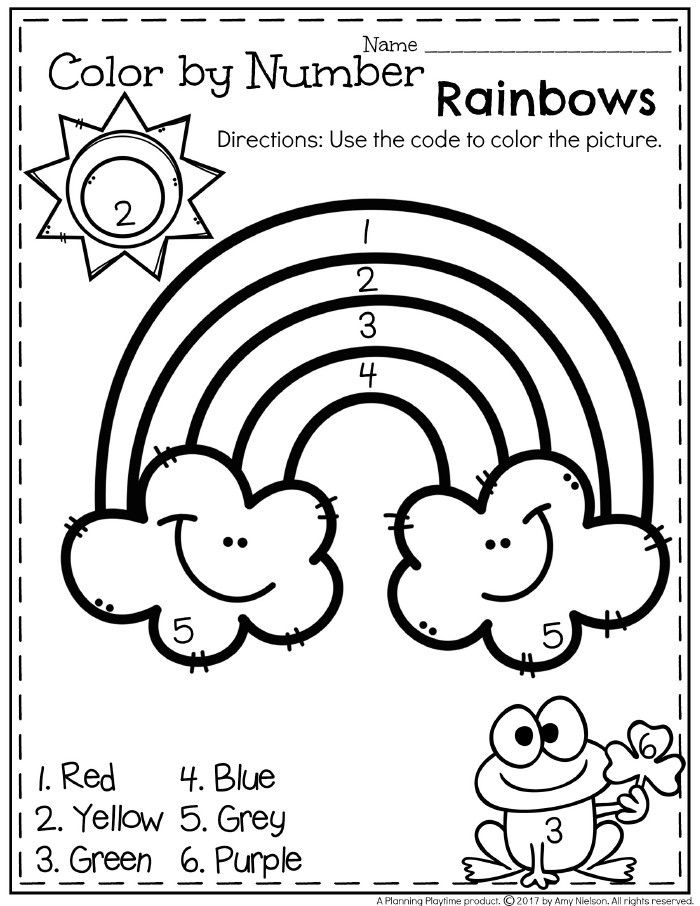 As a rule, at the age of 5-6 years, most children no longer experience difficulties in this.
As a rule, at the age of 5-6 years, most children no longer experience difficulties in this.
See also: Reading and bilingualism. Bilingualism in children
From the age of 5 to 6, children begin to understand that there is a lot of information encoded in language using letters. Thus, they are interested in learning to read by then, as they are naturally curious.
Of course, babies can learn and memorize individual letters quite early. However, their interest, mostly spontaneous, is directed to individual words and letters. Here it is important to gently motivate the child by encouraging him to learn through games and a comfortable environment. However, too much pressure can lead to stress, causing little ones to lose any motivation to learn letters.
Alphabet learning games
The first rule of learning the alphabet: learn the letters one by one!
Don't forget, each letter is made up of visually similar elements.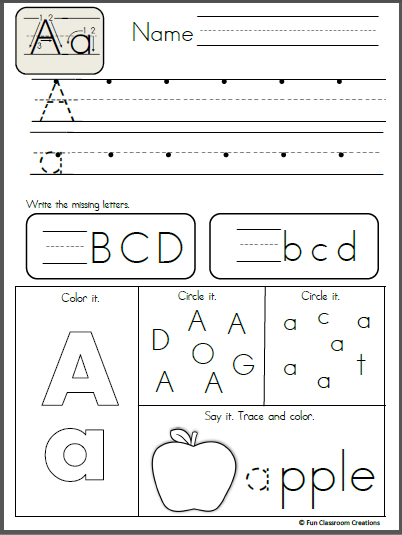 If you try to teach a child several letters at a time, he may become confused. Learn the letters one by one. One lesson - one letter.
If you try to teach a child several letters at a time, he may become confused. Learn the letters one by one. One lesson - one letter.
Second rule of learning the alphabet: take your time!
Give your child enough time for each letter. Plan 1-2 lessons for each new letter. Organize the lesson in a form that is interesting for the child with the help of games.
Tactile method: from studying letters to reading
The child sees something abstract in a letter. Chains of associations will help in learning letters. Associating each letter with something specific or familiar helps the child fix it in his memory.
1. Make a letter out of plasticine
Let's memorize what a letter looks like and develop fine motor skills.
We will need: plasticine (should be elastic), modeling board and a disposable plastic knife.
Together with your child, roll out 8 approximately identical sausages from plasticine.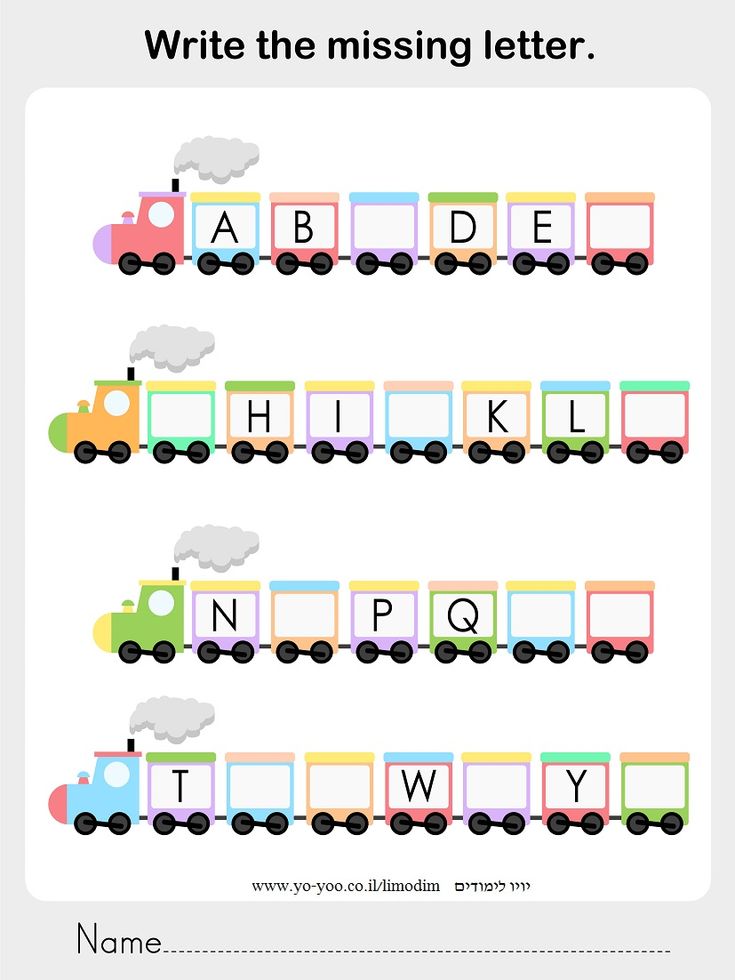 2 - divide in half, 2 - divide into 3 parts. From the remaining 4, make rings by blinding their edges and cut 2 of them in half, creating semicircles. Thus, you should get a set of elements to compose any letters of the alphabet. Show the child a couple of examples and ask them to repeat, collecting previously passed letters.
2 - divide in half, 2 - divide into 3 parts. From the remaining 4, make rings by blinding their edges and cut 2 of them in half, creating semicircles. Thus, you should get a set of elements to compose any letters of the alphabet. Show the child a couple of examples and ask them to repeat, collecting previously passed letters.
2. Magic wands
Let's memorize letters, learn how to make letters from sticks, learn how to transform letters.
We need: a set of counting sticks. If not, you can replace with matches or toothpicks.
The easiest way is to lay out letters from sticks according to a pattern or without a pattern (according to the idea). When the child learns to lay out all the letters, you can complicate the task by laying out objects familiar to the child from them, and then ask them to change them, for example, make a figure resembling a door out of sticks, and then ask the child to remove 2 sticks to make the letter P.
3.
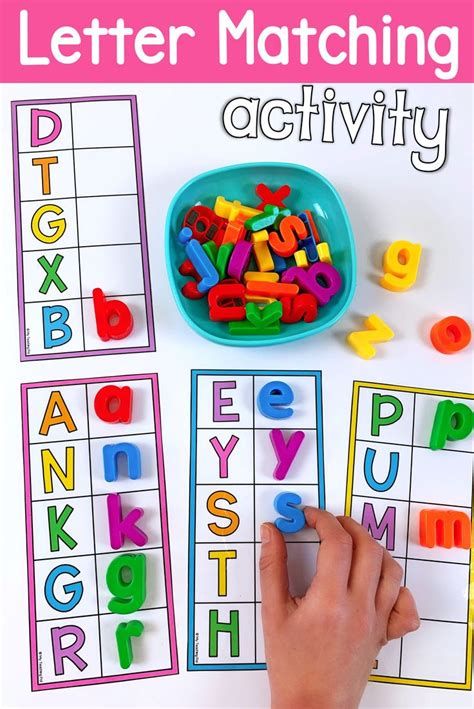 Tactile letters
Tactile letters Memorize letters and develop fine motor skills
We will need: sandpaper, velvet paper, scissors.
Cut out letters from sandpaper or velvet paper. The child will have to close his eyes to identify the letter by touch.
4. Draw a letter on the semolina
Memorize letters, develop fine motor skills
We will need: bright dish tray, semolina
Pour sand or semolina in a thin layer on the tray. Set an example for your child, show how to write letters on the croup with a finger or a stick. Ask him to write next to the letter, the same as you wrote, to write a letter more or less than yours, to add an unfinished letter, or to erase the extra detail of the "wrong" letter. Children will like this game, just shake the tray a little, and the mistake or inaccuracy made disappears!
5. Mirror letter
Memorize letters and train attention
We will need: cardboard, pencil and scissors
Prepare identical cards cards, 2 pieces for each letter.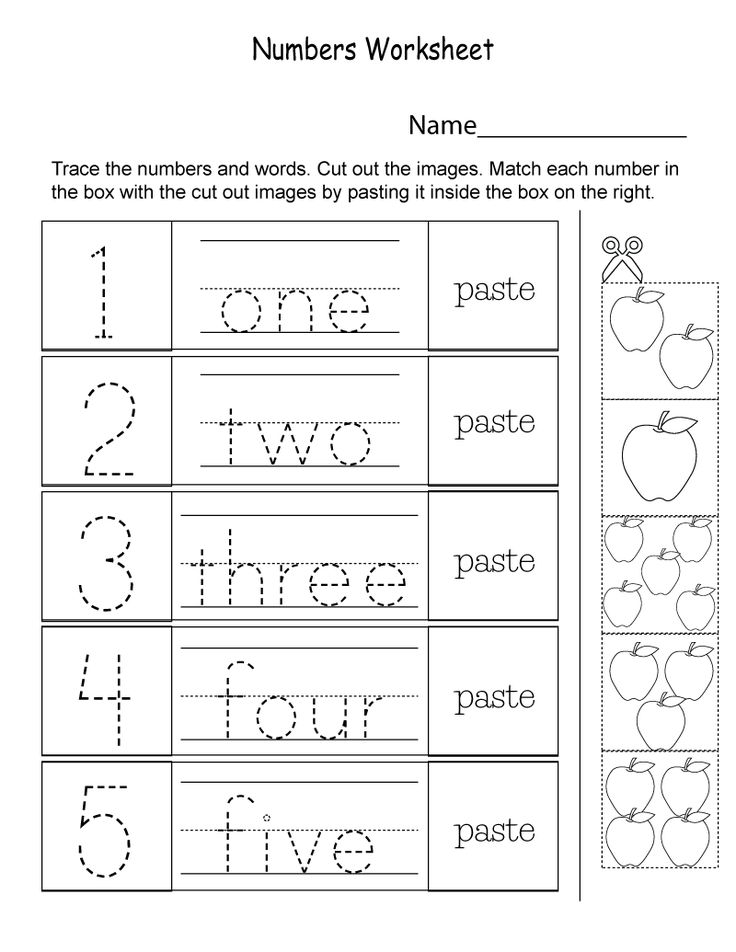 Write 1 letter on each card. Write the letters in mirror image and correctly. Lay out cards with the same letter in front of the child and offer to choose the correct one.
Write 1 letter on each card. Write the letters in mirror image and correctly. Lay out cards with the same letter in front of the child and offer to choose the correct one.
6. Memory test game
Train memory
We will need: scissors, cardboard and a pencil
The game "Memory Test" will challenge even older children. Write each capital letter on one card and lowercase letter on the other card. Turn over all the cards and place them on the table. Ask your child to match uppercase and lowercase letters. You can complicate and add a dictionary element. Have the children match the letter of the alphabet with the picture that starts with that letter.
7. Bean bag
Memory training
We will need: a bag of beans or other bulk material, a tablecloth or a large piece of paper.
If you want to warm up a bit while you study the letters, play a game of Beanbag. Write the alphabet randomly on a large piece of paper.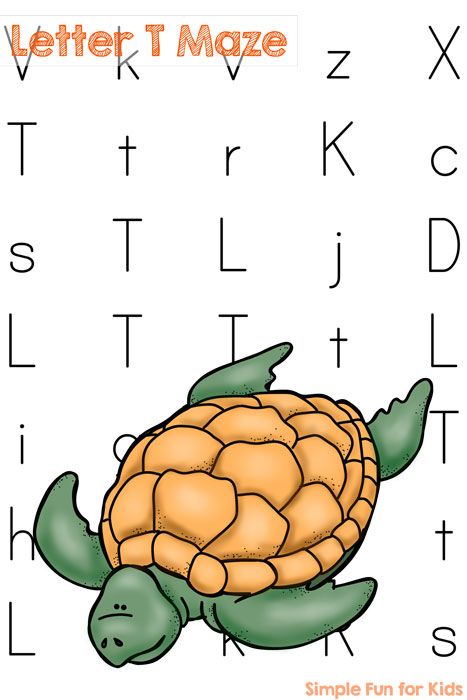 Give the children a bean bag and ask them to put it on paper. The child must name a word that begins with the letter on which the bag fell. If a student is stuck, help him.
Give the children a bean bag and ask them to put it on paper. The child must name a word that begins with the letter on which the bag fell. If a student is stuck, help him.
Ask the child to check the chosen letter with letters from the alphabet. Be sure to ask the name of the letter. The exercise will help children learn to distinguish visually similar letters and avoid mistakes when writing them in the future.
Drawing, coloring, cutting letters out of paper and gluing them together develop fine motor skills in children. Self-made flash cards with letters facilitate memory and associative thinking, creating the basis for tactile games. You can make postcards alone or with your child. Letters can be cut out of paper of various textures and pasted onto cards made of cardboard or paper. Then you can ask the child to pick up letters from 2-3 cards with their eyes closed.
Literacy begins with learning the letters of the alphabet. Combine different perceptual styles. The alphabet learning games described above help children to learn letters at different levels. Moreover, fine motor skills play a crucial role in the formation of systematic connections in the mind of the child and create the basis for the development of reading and writing.
The alphabet learning games described above help children to learn letters at different levels. Moreover, fine motor skills play a crucial role in the formation of systematic connections in the mind of the child and create the basis for the development of reading and writing.
Learning the alphabet with children 3 4. How to learn letters with a child
How to teach a child letters easily and naturally?
When a mother considers that the child's age already suggests learning letters, she is faced with the question of the method of teaching. Mom does not want to load the child with serious activities. Therefore, many try to make this process interesting, but at the same time very effective.
Sometimes experts disagree on this issue. However, there are some more general recommendations:
- You need to learn when the child already has the opportunity to read. The meaning of this conclusion is that a child can learn letters at 1.5 years.
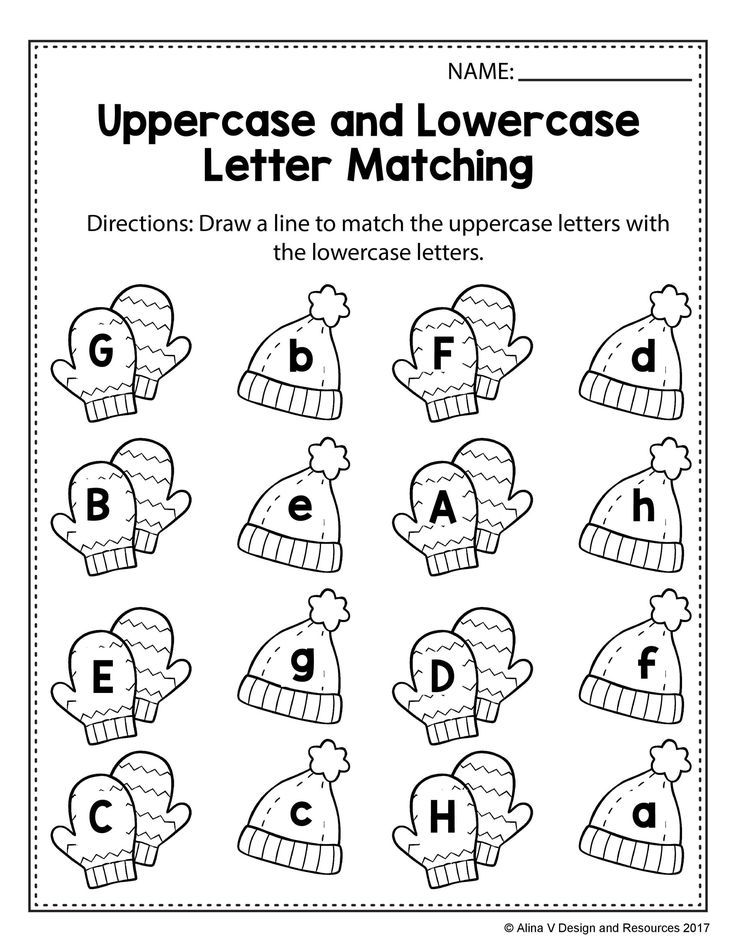 But it will be just memorization, which will be forgotten very quickly if it is not applied anywhere. A child at this age does not yet understand that this is part of a word. For him, this is something that his mother repeats and he must repeat
But it will be just memorization, which will be forgotten very quickly if it is not applied anywhere. A child at this age does not yet understand that this is part of a word. For him, this is something that his mother repeats and he must repeat - For this reason, it would be best to teach a child letters at 4 years old. Slowly, while studying with a child, you will come to reading syllables. This means that your child will be prepared for school in reading
- At the age of 3, you can start introducing your baby to letters, but not force him to learn. Show him the letters and say what they are. Make sounds. And when the baby is ready, he will begin to repeat himself
- But if the child is very well developed, knows how to speak and asks you to teach him to read, or you see his desire to understand some inscriptions, then your child is ready for learning
- But this does not mean that you should immediately arrange serious examinations for him.
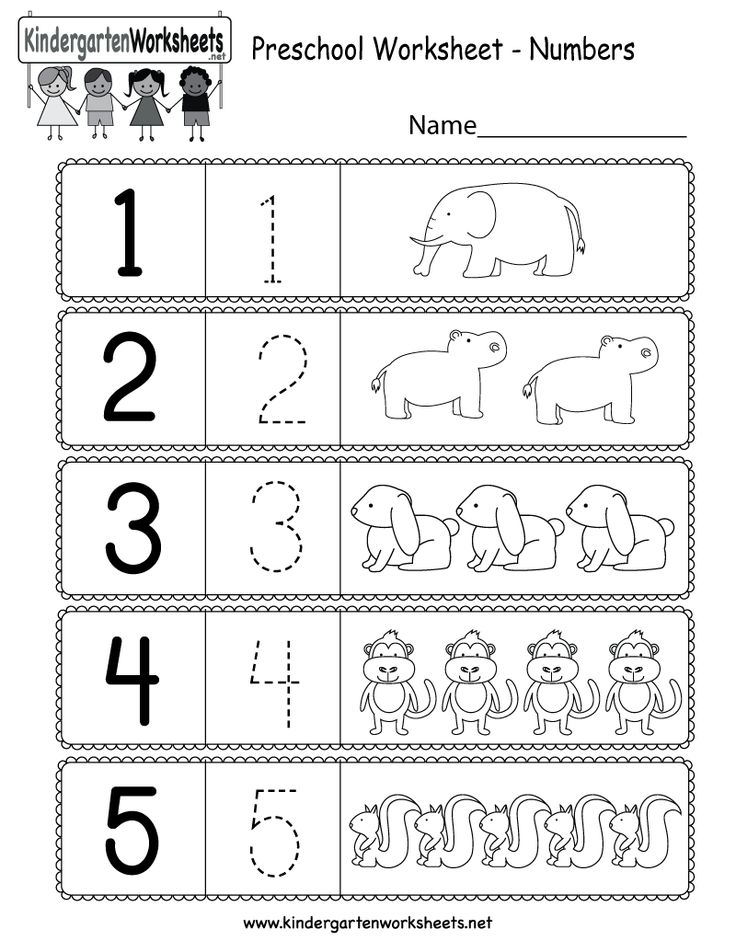 No. Perhaps, after the start of training, you will see that it is difficult for the child, he is angry, does not understand. Don't insist. If the baby's desire is gone - wait until 4 years
No. Perhaps, after the start of training, you will see that it is difficult for the child, he is angry, does not understand. Don't insist. If the baby's desire is gone - wait until 4 years - Some methods suggest starting training as early as 2 years old
IMPORTANT: Whatever advice experts give, you should focus on your child. But at the age of 5 it is still worth starting to learn letters so that the child comes to school more or less prepared
How easy is it to learn letters with a child?
To ensure that learning letters is not difficult and stressful for your child, and the result is effective, follow these tips:
- Learn letters while playing. Read more about how to do this in the next section
- Pronounce the letter correctly. Do not use the letter "m" - "em", the letter "p" - "pe" and so on. Pronounce the letters as they sound: "m", "p", "s" and so on. That is, pronounce one sound briefly.
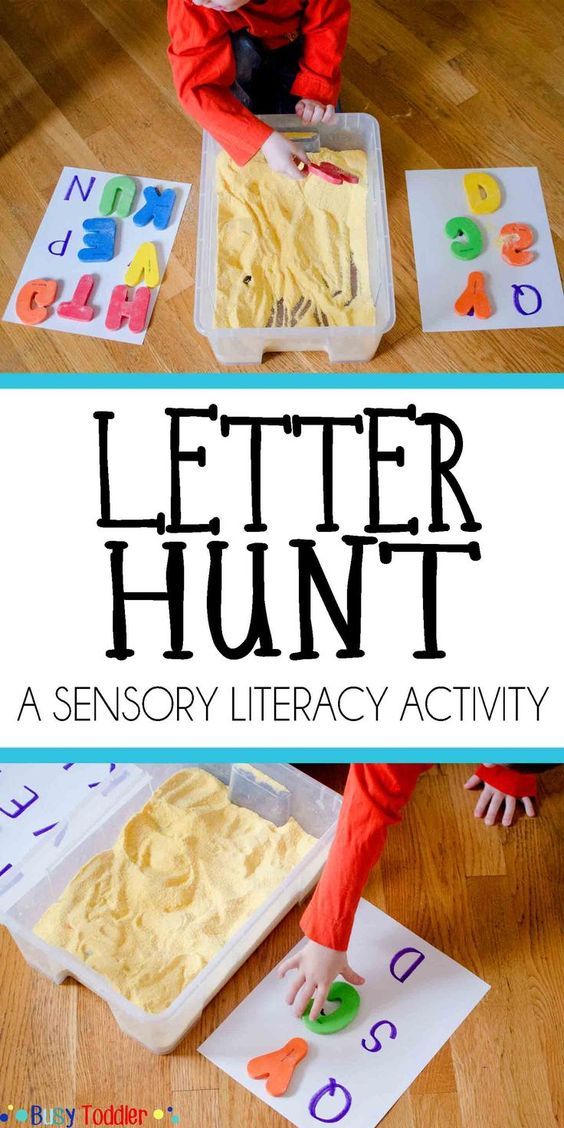 Why is that? So that the child does not subsequently experience difficulties in reading. Otherwise, the word "dad" the child will want to read "peapea". And when you begin to explain that it is “dad” that needs to be read, the child will not understand why. After all, the letter "p" is "pe"
Why is that? So that the child does not subsequently experience difficulties in reading. Otherwise, the word "dad" the child will want to read "peapea". And when you begin to explain that it is “dad” that needs to be read, the child will not understand why. After all, the letter "p" is "pe" - Do not try to memorize the entire alphabet with your child at once. First, choose the vowels to begin with. Secondly, take 2 letters and learn them for a week, consolidating the result every day in a playful way. Only after that proceed with the new
- After learning enough letters to make a simple word, start making words. So the child will learn letters very quickly and will begin to learn syllables. Compilation of words is relevant for children from 4 years old
- Always let the child understand that the letter means something. That is, when teaching the letter "a", say: "A-watermelon." So the child will begin to see the connection between the letter and the word. But this method will start working only after 3 years.
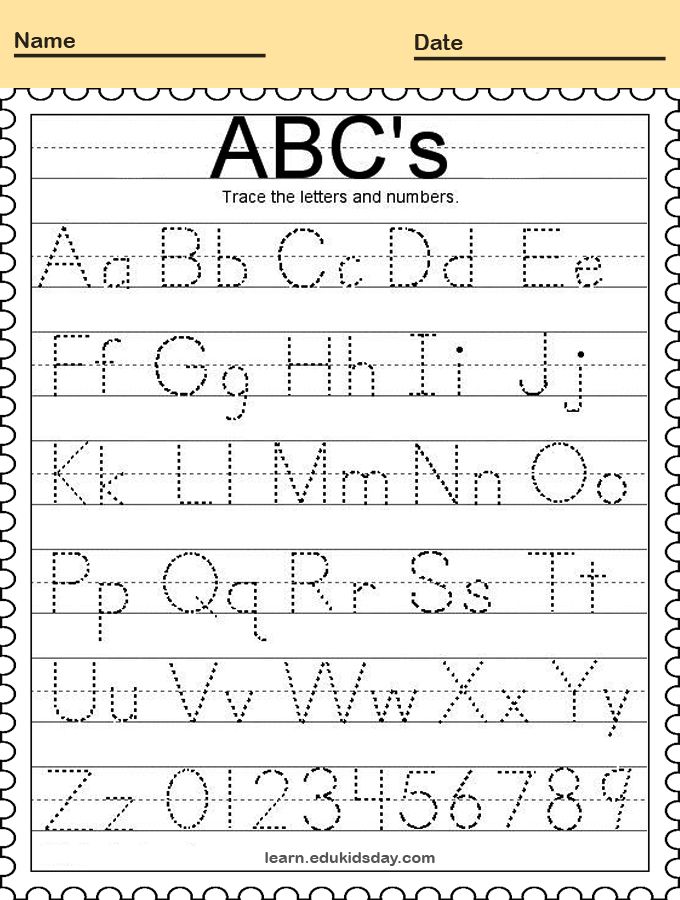 Until this age, the baby simply will not see any connection
Until this age, the baby simply will not see any connection
- Associations. They will help to learn letters even for the smallest. Read more in the section below "Letter Associations"
- Draw, sculpt, paint, write, trace letters, lay out their shape with any materials at hand. All this will be interesting for the baby and he himself will remember the letters without noticing it.
- One of the passive ways to learn letters will be hanging letters in the child's room or in the apartment as a whole. Cut out large letters and hang several in different places. Sometimes tell your child what the letter is. Do not squat with constant repetitions. The child will remember them anyway, without realizing it. After a week, change to another. It will be more effective if you hang the letter on an object that begins with this letter. So the letter will be perceived by the child as part of something
- Learning order: we learn through associations, coloring, applications, and memorize in games and in a passive way of hanging letters
- Learning will go faster if the child sees, hears and touches the letter
IMPORTANT: By following these tips, your child will enjoy learning
How to learn letters with a child while playing?
Play is a child's favorite pastime.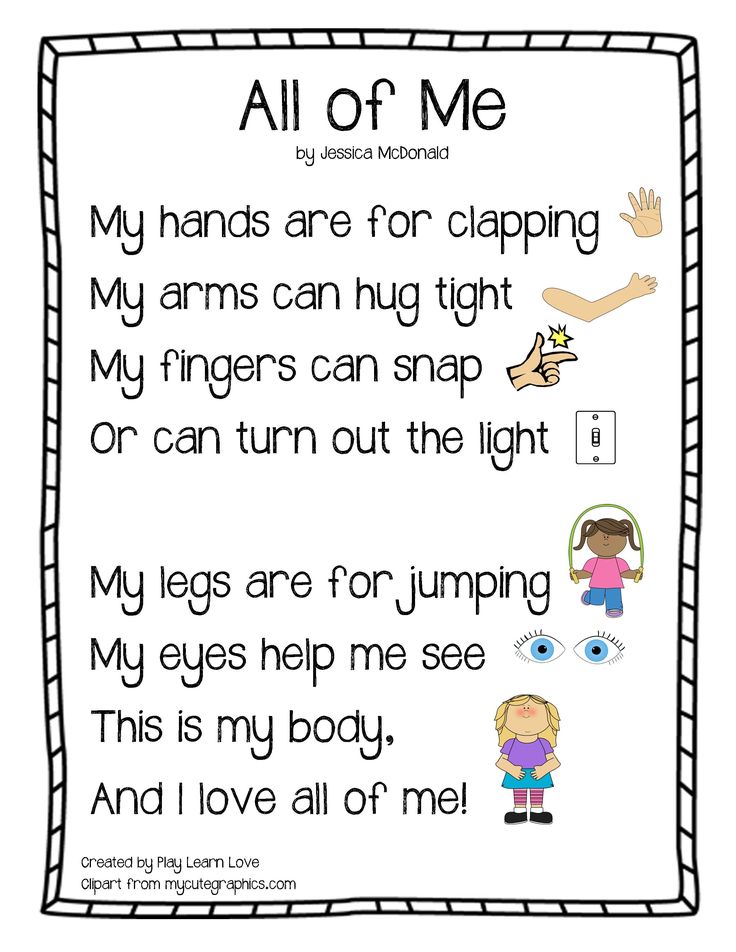 He will always agree to play and get a lot of pleasant pleasures. And the study of letters in a playful way will be unobtrusive and relaxed.
He will always agree to play and get a lot of pleasant pleasures. And the study of letters in a playful way will be unobtrusive and relaxed.
Game 1. Dice.
- The most simple and unpretentious game
- Buy blocks with letters and images for each letter. Cubes can be soft, plastic, wooden
- Ask the child to find the object, then praise the child and say: “Well done. Show me a watermelon. A-watermelon." At the same time, point to the letter
- Or scatter the cubes around the room and ask them to find a watermelon cube. The words when found are the same
Game 2. Application.
- Print and cut out letters with your child about 10 cm high and 7 wide
- Invite the child to choose how you will make the application: cereal, pasta, fabric, cotton wool
- After choosing the material, sit down with the child, apply glue to the letters and stick the material with the help of the child.
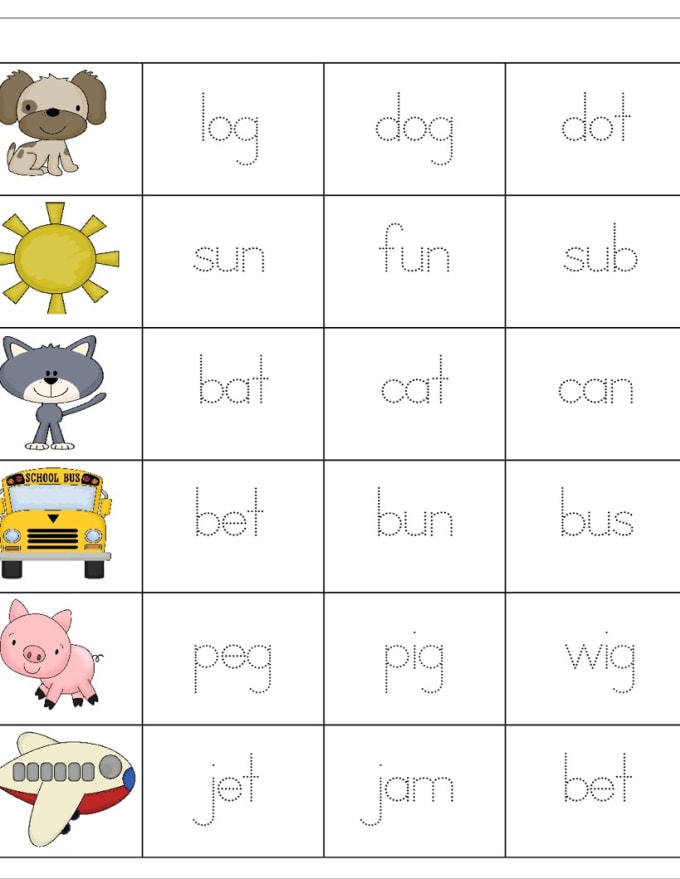
- At the same time, repeat that you will decorate the letter "A"
- Then stick the paper-gross letter on the cardboard to keep its shape
- Let the child choose the place for the application
- But the place must not be hidden. The child must see the letter daily
Game 3. Hide and seek.
- Print each letter in duplicate
- Select the first game letter. Assume "O"
- Keep one for yourself
- Place the second copy somewhere so that the child can find it
- Also put a few other letters in various accessible and prominent places
- Show the child a letter, name it and ask them to find it
- When the child goes to look, follow him and prompt if necessary
- The child should not be upset that he cannot find, otherwise this method will become uninteresting for your baby
Game 4. Correct choice.
- The game is more likely to be fixed
- Print pictures with letters
- Spread out in front of the child and ask to show the correct letter
- Finding a letter, you can show an object starting with this letter
Game 5.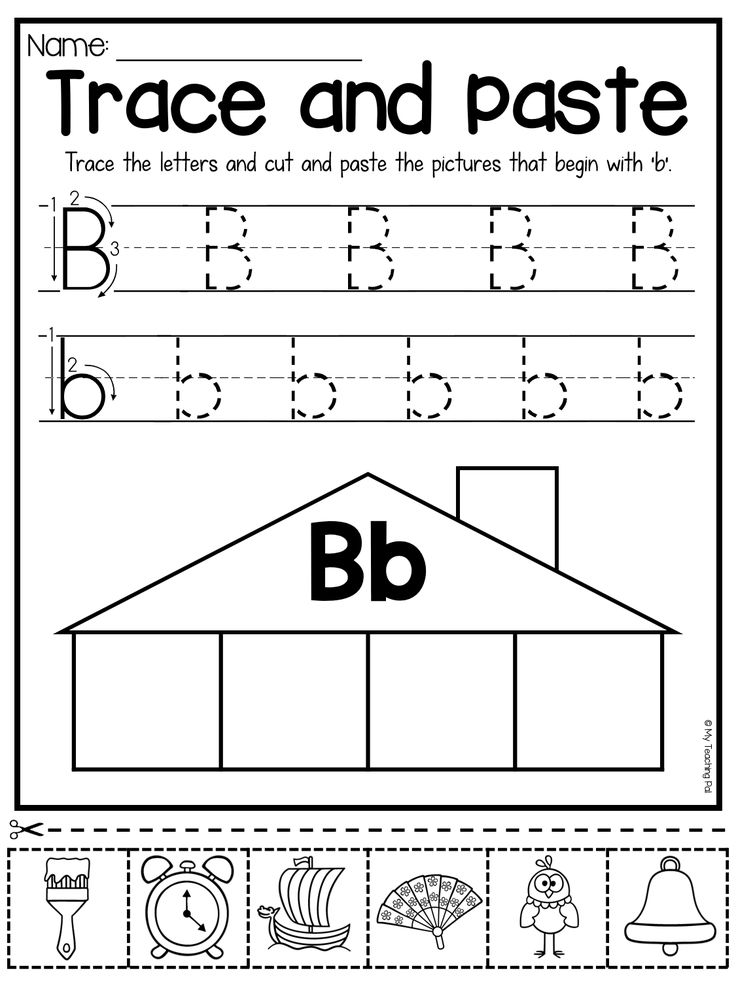 Who is faster.
Who is faster.
- The game is good for two children or an adult and a child
- Scatter several identical letters on the floor
- On command, participants must bring the letters
- Praise everyone
- Be sure to repeat the sound of the letter every time
- You can encourage participants with words or slogans such as “Find the letter A quickly, but come on quickly!”
Game 6. Surprises in a bag.
- Put the items that will begin with the letter you are learning into an opaque bag
- For example: hippopotamus, bull, drum, alarm clock
- Intrigue your child
- And let him take out the toys one by one, saying the name of each
IMPORTANT: All children are different. Try different games and choose the right one for your child
Video on the topic: Learn the letters of the alphabet: 3 games with semolina [Supermoms]
Letter associations
IMPORTANT: The baby will easily remember the letters that cause him to associate.
Suitable method also for the smallest
- For each letter you are learning, come up with an association: what does the letter look like or who makes that sound
- You can come up with an association yourself, you can get ideas below
- If you see that some association does not work for a child, then temporarily put the letter aside
- After a while, return to the letter with another association
- Associations are good because the child quickly remembers them and you do not have to repeat the letter to him a hundred times, that he remembered it
Some associations.
Letter B.
- The letter B is a hippo who ate well and had a big belly
- You can try to come up with rhyming lines like “Our Hippo ate, walked around, got tired and sat down”
- At the same time, demonstrate all the actions that the hippo does
Letter D.
- House-like
- Take a small soft toy and put it in the house
Letter J.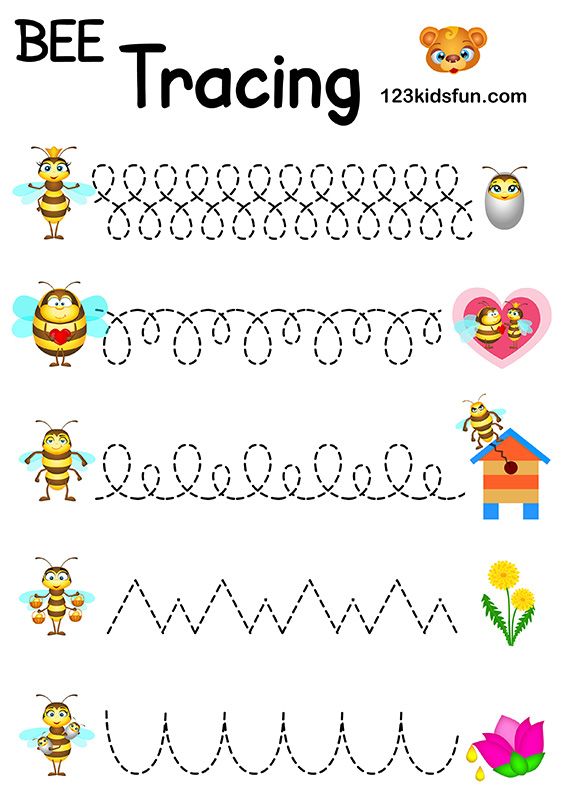
- Cut a letter out of cardboard and say it's a bug
- Show how crawling and buzzing "zh-zh-zh-zh"
- Invite the child to stick eyes on the bug
- Let your child crawl with a bug or take him for a ride in a car
Letter O.
- The letter O looks like the mouth of a child who cries and screams "oh-oh-oh-oh-oh"
- Draw the mouth teeth and tongue
Letter C.
- Sand falls on the letter C
- Cut out a letter from cardboard
- Sprinkle sand or semolina on it carefully, as if sketching a letter with sand
- Say at the same time "The sand is pouring s-s-s-s-s-s-s"
Letter T.
- Cut out from cardboard
- The letter T looks like a hammer
- Makes a knock-knock sound
- Tap the hammer on the floor and let the child repeat after you, saying "knock knock"
Letter X.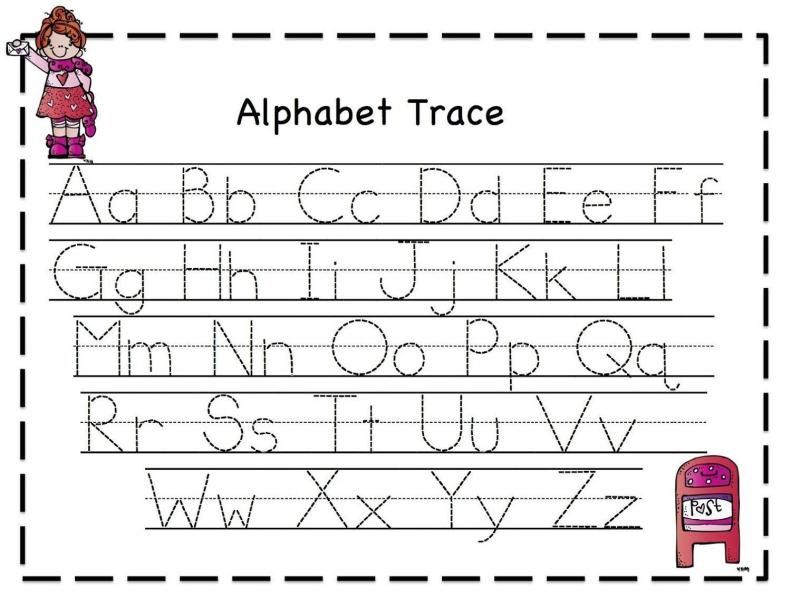
- The letter X looks like the intersection of two roads
- Take puppets or use your fingers to pretend to walk along the road
- While saying rhyming lines
- For example: “We walk along the path, my legs are tired. We’ll reach the end now, and then we’ll sit down and rest”
Letter Sh.
- Looks like a snake that crawls and makes a “shhh” sound
- Crawl on the floor with the snake and don't forget to draw the head with eyes and tongue
- If you decide to teach your child letters, then immediately after learning some letters, start writing
- The child must understand that letters are needed to write words
Where, with what and how to write?
- Pencil, pen, felt-tip pen on paper
- Chalk on blackboard or asphalt
- Paint on paper
- Stick in the sand
- Fingers on flour or semolina
- Lay out letters with pebbles on asphalt
IMPORTANT: Draw yourself, but be sure to let the child draw, but help him.
If the baby does not yet own the pen, then help him with this
Video: Educational Cartoon. Recipe for children: write letters
- If after voicing you and your baby will sculpt the letters, they will be remembered faster
- You can sculpt from salt dough or plasticine
- Having molded a letter, it can be decorated with beans, peas, beads or simply decorated
Video: Learn letters from A to D, sculpt Play Do from plasticine and open Kinder Surprise! Educational cartoon!
- You can decorate the letters that you printed, wrote, cut out, wrote on asphalt or a board, molded from plasticine, you made from semolina by sticking it on cardboard
- You can decorate with: felt-tip pens, crayons, finger paints, pencils, pens, gouache
- Letters can be printed, next to which there will be objects whose name begins with this letter
Outline letters
- Cut out the letter
- Put on paper or cardboard
- Outlining.
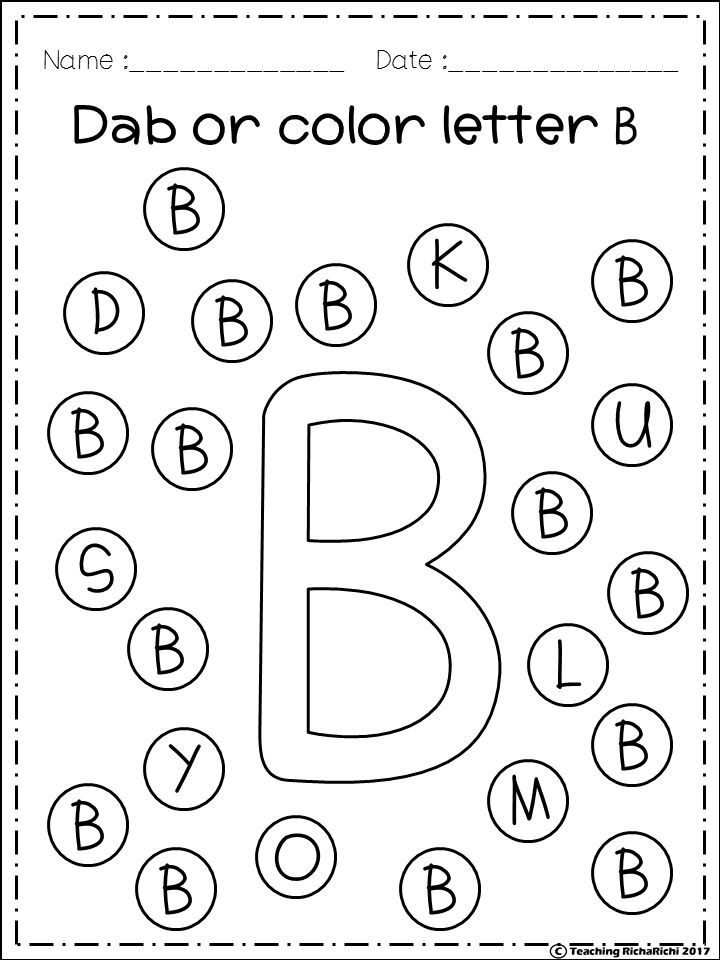 If the child himself is not yet able, then take his pen and circle
If the child himself is not yet able, then take his pen and circle - You can outline with dots, strokes, straight lines
- After tracing, the outline can be laid out with pebbles, beans, pasta
Letter cookies
- By the age of 4, especially girls, there is a great interest in helping their mother bake goodies
- Take advantage of this interest
- If you have a favorite cookie recipe, use it
- The dough must be elastic and not sticky
- Instead of the usual stars or circles, cut out the letters and send to bake
- You can decorate the coconut with shavings or fudge
- Bake several letters in several copies so that you can add simple words: mom, dad, woman
- The child is happy to play with cookies, after which he eats them safely
- To simplify, you can buy ready-made cookies in the store
If such prescription If you don't have , use the following:
- Mix two eggs with vanilla to taste
- Beat with a mixer until frothy, about 10 minutes
- Add creamy butter (100 g) previously melted
- Stir for 5 minutes
- 300 g sour cream, beaten with 150 g sugar
- Add the mixture to the bowl with the rest of the ingredients
- Pour in 1 tbsp.
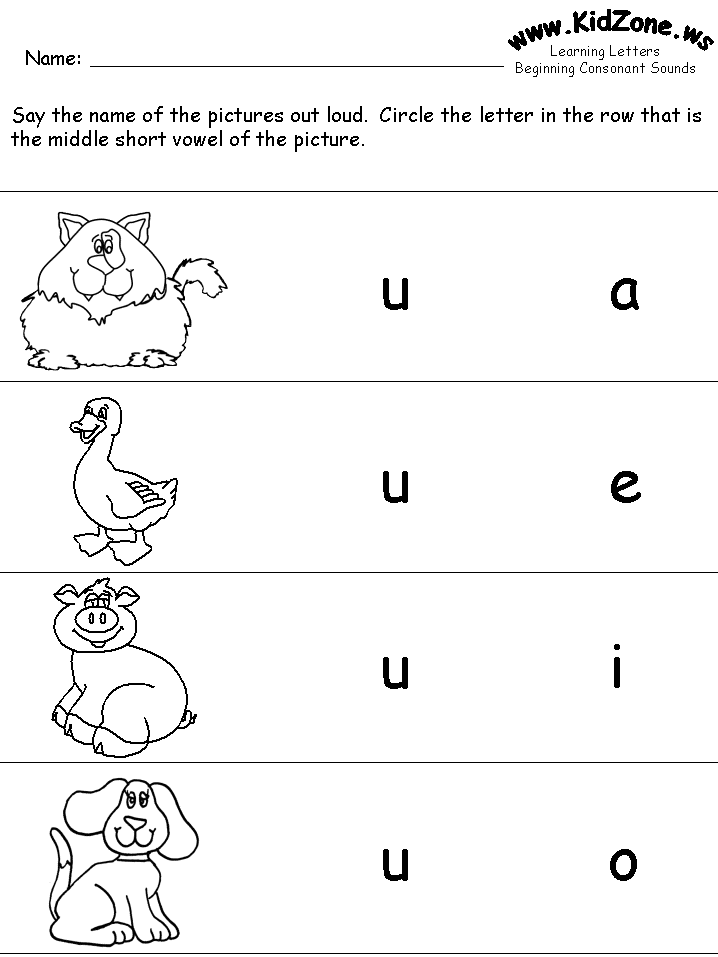 l. flour mixed with 1/2 teaspoon baking soda and stir
l. flour mixed with 1/2 teaspoon baking soda and stir - Add an extra spoonful of flour
- The dough should become elastic and not sticky
- Refrigerate the kneaded dough for 30 minutes to make it easier to shape the letters
- After cutting out the letters, place the cookies on a greased baking sheet in the preheated oven
- Cookies should be golden brown
Flip through books, magazines
- Books and magazines can be used to reinforce learned letters
- They are not very suitable for learning, as the child's eyes will run wide, it will be difficult for him to concentrate on a specific letter
- Show letters that the child already knows if they are highlighted somewhere on the page or in large print
- Or ask the child where the letter "A" is. If the child finds the letter, he will be very happy
- If he fails, give hints, say what is shown next to him
- Letters should be fairly large, don't force your child to look at small print
ABC game
Speaking alphabet fit:
- For those mothers who do not have enough time for self-study with a child
- Just for securing material
- For a variety of activities
Posters with speaking alphabet.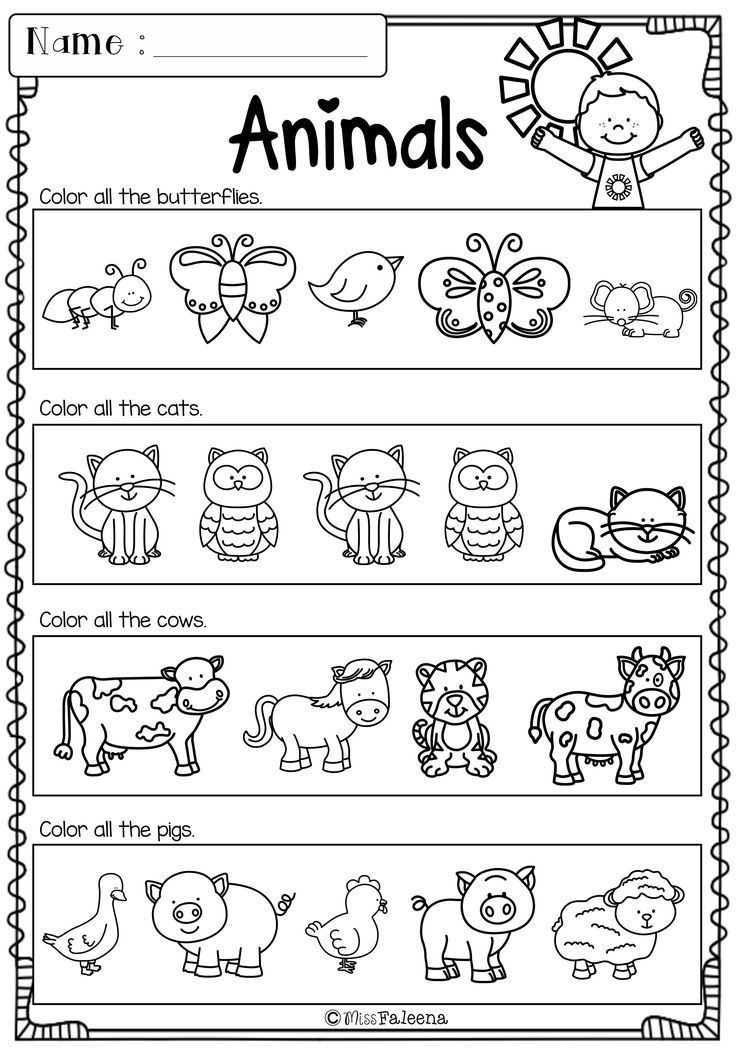
- You can buy this poster in almost any children's toy store
- Hang it on the wall in the children's room or where the child often plays
- If you are working with a baby, then the talking poster will only be an addition and a way to reinforce the material
- If you are not working with the child yourself, then teach the child to work with the poster and he will come up with interest and press the buttons
- When pressed, he will hear a letter and an object / animal whose name will begin with this letter
Online games.
- There are many such games on the Internet in the public domain
- This method is bad because the child is forced to study at the computer. This means that his eyes may get tired or even his vision deteriorates
- Such games are best used only occasionally for a change
Speaking alphabets in video format.
- Also means the child is at the computer
- Unlike games, the child can be at a fairly long distance, as when watching cartoons
- Will also be good sometimes for a change
- See below for one example of such a video
Video: Speaking alphabet.
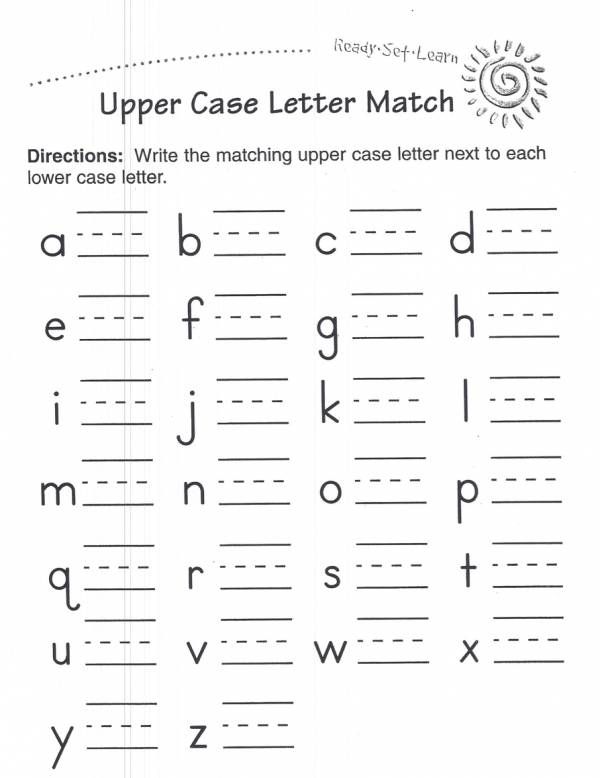 Learn the Russian alphabet for the little ones. For children 3-6 years old
Learn the Russian alphabet for the little ones. For children 3-6 years old Computer: looking at letters
- This method of learning is suitable for lazy or busy mothers who cannot deal with a child with simple tools at hand
- Watching letters and hearing about them is certainly a good and useful activity
- But do not forget that it is better to add painting, appliqués and letter cuts
- As a rule, teaching letters on a computer comes down to watching educational cartoons
- See one of the video examples below
Video: Educational cartoons - ABC for kids
How to play the ABC game?
- The ABC game can be found in different versions
- These are online games in which you need to put letters in place, find an object that starts with the desired letter; look for pairs for each letter
- Games can be understood by children from 3 years old
- Parents must be nearby and help
- Do not get carried away with such online games, because the computer does not bring any benefit to the baby
- If the game is not a computer game, but bought in a store, then play after reading the instructions.
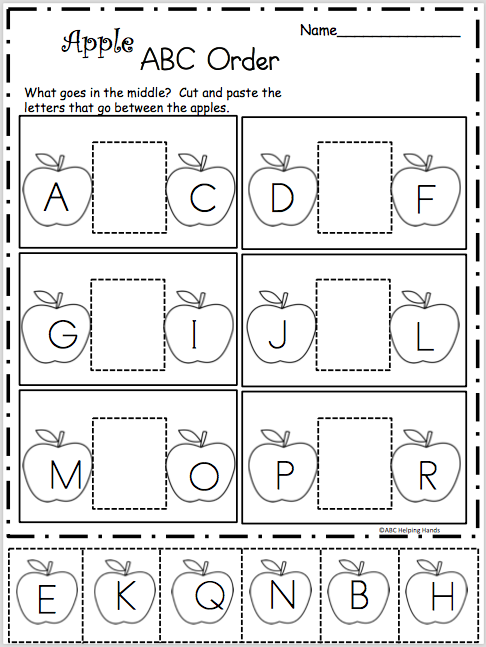 There can be a lot of different games like this
There can be a lot of different games like this
ABC game
Educational games for children: learning letters 5-6 years old
- At the age of 5-6, it is necessary to teach the child letters if he does not know them yet
- At this age, the main method is not associations, but words starting with a given letter: “A-watermelon”, “B-banana”
- The child will already perfectly understand the connection between the letter and the word
- All games will be reduced to building words for this age
- Buy magnet letters and make words out of them
- The basic principles of education are the same as for early childhood (read the second section of this article)
- A primer book will definitely come to help at this age
- There you will see pictures and read entertaining poems to your child
- A child at this age will no longer want to play completely childish games (see above)
- Memorize the letter and ask the child to collect things around the house that he sees for the selected letter.
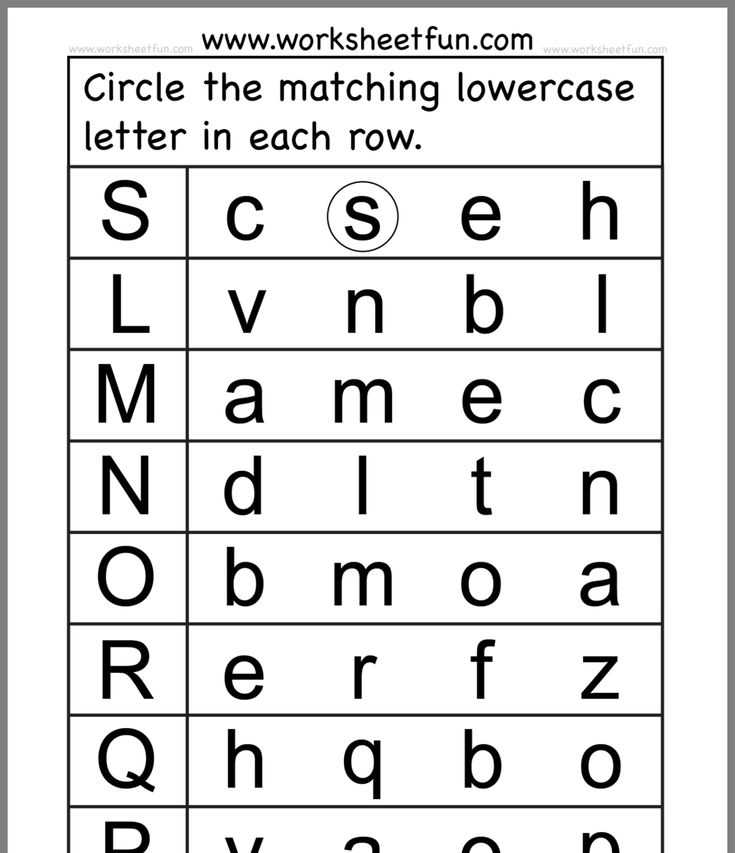 For each item you can offer a small tasty surprise. So the child will be more fun and interesting
For each item you can offer a small tasty surprise. So the child will be more fun and interesting - Baking cookies together is also relevant for a given age (read the rules and recipe above in the “letter cookies” section). Only such an adult for the letters child already really help you fashion the letters
- Buy letter puzzle
- Sculpt, cut, decorate, appliqué. For the age of 5-6 years, this is also true
Always praise your child for progress
- Learning is not always easy for a child
- Without your encouragement, the child will soon get tired of this process if he makes mistakes, especially
- Always praise the child for success
- Even in case of not quite perfect memorization, understanding and answer
Moms, your child's success and interest largely depend on you and your approach to this difficult task. Do not be lazy to deal with your child and soon you will boast to others about the success of your beloved child.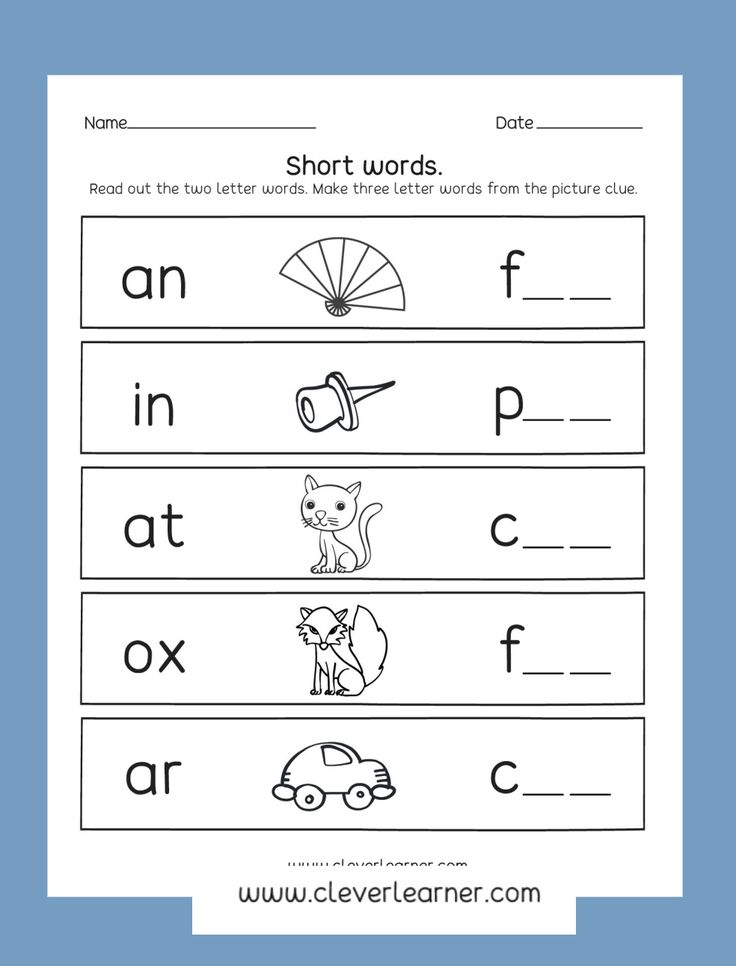
Video: Learning letters with a child
Description:
***The most correct ABC!***
Educational game "ABC and Alphabet for kids" - learn the letters and sounds of the Russian alphabet!
After completing this game, the child will learn to read much easier, because the experience of the best teachers in teaching children to read is used in the ABC.
***What will the child learn?***
Read under the spoiler!
Idea: Tatyana Anatolyevna Dubovkina, director of the Umnichka preschool development center, author of methods for the development and education of preschool children, mother of two children.
With ABC and Alphabet for Kids, your child will be able to:
* Learn the Russian alphabet easily and with interest
* Learn to write letters
* Develop phonemic awareness
* Divide letters into vowels and consonants
* Distinguish between vowels and consonants
* Learn sounds, not just letters.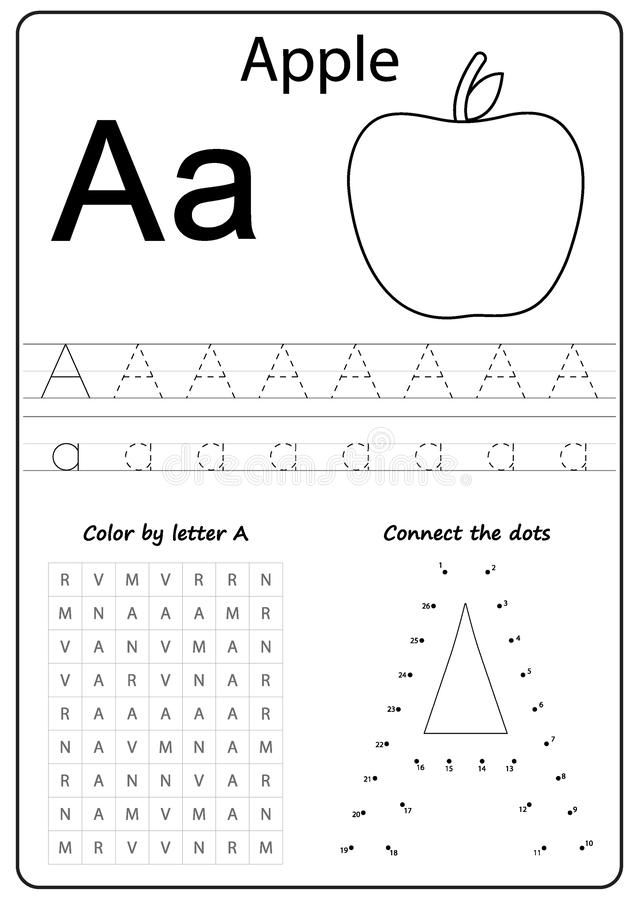 This will help you learn to read quickly and easily in the future.
This will help you learn to read quickly and easily in the future.
* Enrich vocabulary
* And also develop thinking, memory, perception, imagination and attention!
WHAT'S NEW - Version 1.2.3:
- Correction of the voice acting of the task in the Checker
Additional information: How to play? Toad-Checker in the exercises will make sure that all the letters are correctly learned by Bunny and only after that will let the heroes into the magical city, where they will learn to read.
Teaching and tasks are divided into:
* Vowels. An important section in the study of letters. We study vowels separately
* Consonants. The letters are arranged in the correct order, necessary for easier assimilation of speech sounds by children. We study and perform tasks
* Checker. Exercises in the form of games to consolidate what has been learned - "Show the letter", "Find the desired letter", "What letter does the word begin with?"
* Writing letters.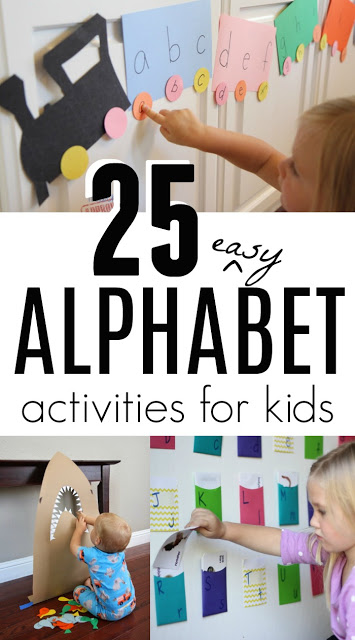 Interactive spelling - learning to write letters correctly
Interactive spelling - learning to write letters correctly
* Sing letters. Alphabet - karaoke. A song specially adapted for the youngest children. The letters are sung separately, at intervals, without gaps and repetitions - correctly and in order. Sing along with your kids to learn the alphabet easily!
***Important to know***
* Unlike other applications, letters and sounds in the game are divided into vowels and consonants
* There is a switch between letters and sounds in the settings
* By default, letters in the alphabet sound like SOUNDS - THIS IS IMPORTANT if you want your child to learn to read easily. During the game, you can easily change the setting from sounds to letters and vice versa.
* Section "For parents". A memo from the author of the teaching methodology on how to learn the alphabet correctly in order to easily learn the alphabet, and then simply and quickly learn to read.
* Simple and child-friendly controls. The application interface is simplified so that the child can play the game on their own.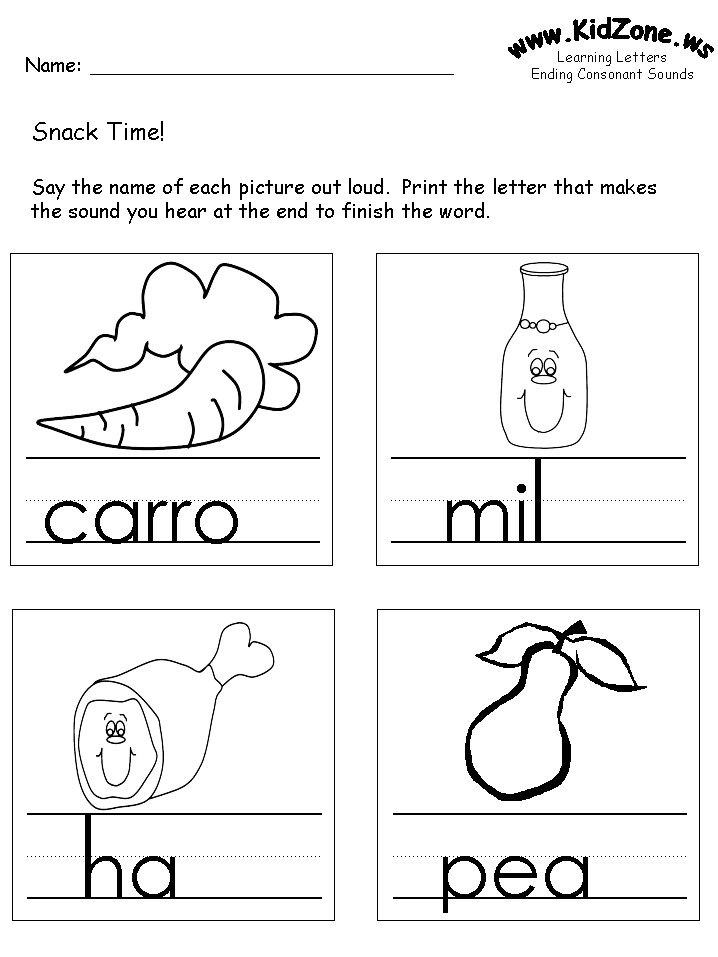
* For better consolidation of the material and new games with letters - install our game Alphabet
You will be fully equipped: with an educational application, thoughtful tasks, a song adapted for children, interactive copybooks, our care and support.
Attention, the application contains an in-game purchase - the full version of the game for 99 rubles ($2.99 for other countries).
Installation description:
1. First, download the program (Apk file).
2. To install the application, allow "Unknown sources"... (tick) : embarrassment:
3. Next, install the program as an ordinary application.
When a child of preschool age lives in a family, he wants to quickly show the world, tell what the alphabet is, learn the alphabet and numbers with them. But too early such classes will not bring any result, because no one has canceled the physiological characteristics of children and they must be reckoned with.
For example, from the age of 2, a child consciously learns the world through touch, taste and sight, but it is almost impossible to interest him in learning at this time, since the child's mind has not yet understood the meaning of numbers and letters.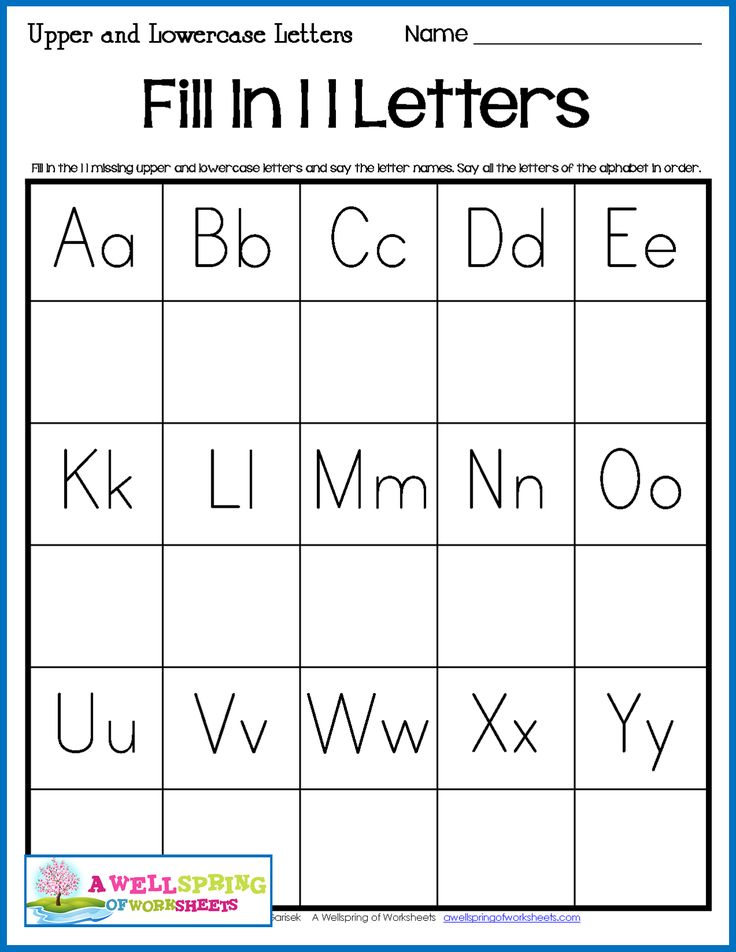
Learning letters with a child most often starts from the age of 4, because he already begins to analyze his actions and gradually understand why he needs to learn. In addition, it will take little time - 10-15 minutes a day.
At 6-7, children improve their memory, thinking and perception, so they are probably ready to play at school. So if before your baby did not show any interest in learning, now is the time to teach him new activities.
Maria Monsessori is a famous Spanish teacher who founded her own school for toddlers and proposed one of the most famous methods that will help children learn the alphabet with the help of a game. It consists of 4 parts and is designed for children of all ages from 3 to 6 or even 7 years old.
Drawing in the sand - developing speech
Before a child can write letters correctly and quickly, he needs to develop the muscles of his hands and strengthen his fingers, which will soon have to hold the pen quite often. So the first Montessori game is finger drawing in the sand. If there is no opportunity to go to the beach, then it is enough to pour a little semolina onto a baking sheet, on which the lesson will take place. Start drawing something simple, for example, a smiling emoticon, a sun or a Christmas tree, and let the kid repeat everything after you. When you move on to more complex drawings, then work with the child together: he drew the head, you - the body, and so on.
So the first Montessori game is finger drawing in the sand. If there is no opportunity to go to the beach, then it is enough to pour a little semolina onto a baking sheet, on which the lesson will take place. Start drawing something simple, for example, a smiling emoticon, a sun or a Christmas tree, and let the kid repeat everything after you. When you move on to more complex drawings, then work with the child together: he drew the head, you - the body, and so on.
"Rough Letters"
The next exercise to help you learn the alphabet while playing is called "Rough Letters", which involves special letters. You can buy them online or watch a tutorial video on how to make them yourself for kids.
Next, show the child one letter and say how it is pronounced, then let the child repeat the sound he heard after you. At the end, be sure to give the opportunity to touch the card with the letter, while pronouncing its sound and showing the object that begins with the learned letter.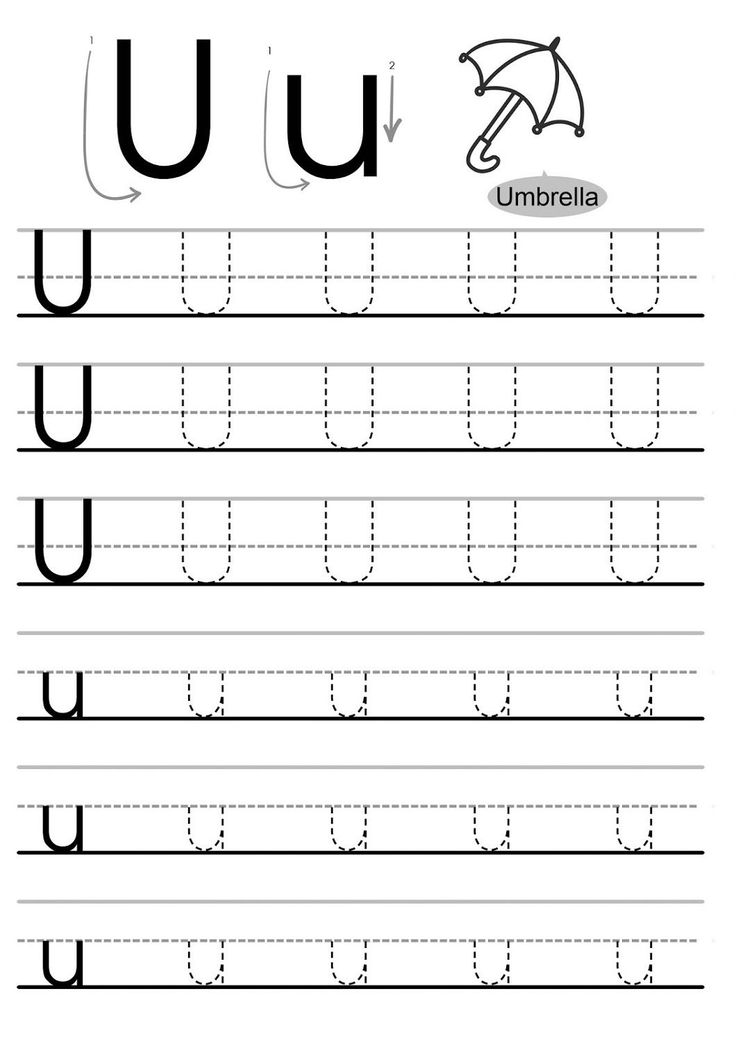
It is necessary to study three letters at a time and at the beginning of each lesson repeat what has already been learned. If the child has forgotten something from the past material, then feel free to add the forgotten “comrade” to the new triple from the alphabet.
All other developing ways of learning letters for kids can be found in the book by Marie-Helene Place "Learning Letters Using the Montessori Method".
Techniques and exercises for babies 4 to 6 years old
Letters from the mosaic
As mentioned above, 4 years is the best period for learning and memorization. At this time, you can already use the mosaic, from which the child will have to put together the letter named by the parent. In a mosaic, it is easier to teach how to write letters with horizontal lines, and to complicate the task, ask to make a letter of a certain color, small or large.
"ABC from plasticine"
The next version of the game with a child already 5 and 6 years old is "ABC from plasticine". On the board for modeling with a pencil, draw the outline of the letters and ask the child to fashion a certain letter from plasticine. When you get to learn them well, you can complicate the task by completing the task quickly. "ABC" is good for playing with a child because it helps to quickly memorize the alphabet and develop finger motor skills.
On the board for modeling with a pencil, draw the outline of the letters and ask the child to fashion a certain letter from plasticine. When you get to learn them well, you can complicate the task by completing the task quickly. "ABC" is good for playing with a child because it helps to quickly memorize the alphabet and develop finger motor skills.
There are many more techniques that are suitable for small children. For some of them, you need to make an “inventory” with your own hands, in which videos from the Internet will undoubtedly help you.
Educational computer games for learning numbers
Children are very attracted to technology, including computers. And there is nothing wrong if girls and boys, starting from the age of 4, will learn and memorize numbers while playing on a laptop. After all, there are videos, methods that develop toys online that can correctly teach you how to memorize numbers. For example, an online program where a child has to paint a certain number in the color he likes and the more often he paints it, the faster he will remember.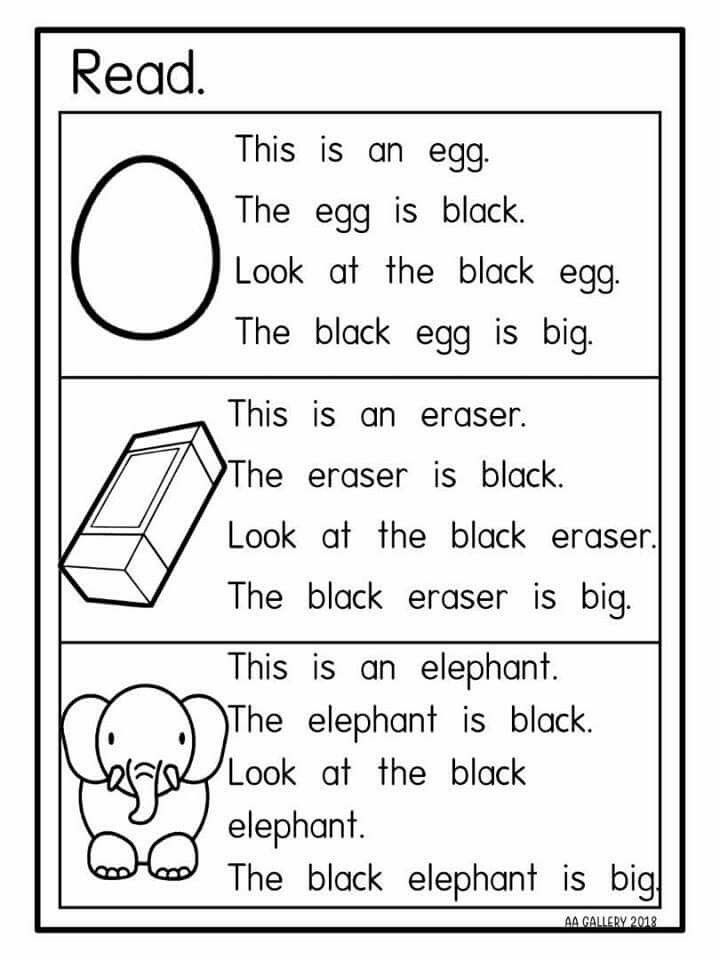
If your child is already 5-6 years old, then more difficult simulators are chosen, such as "Find a pair - addition", "Find a pair - subtraction" and use them to learn calculation and addition. These toys are made in the form of closed squares, which the player opens, remembers what is written there (for example, 7+3=) and looks for the correct answer to it.
If you do not touch the computer, then simple exercises will help you remember the numbers. For example, while walking down the street, ask the child to memorize the number of a car standing in the yard or to find a specific number in it. Funny rhymes, songs and counting rhymes, which are easy to remember and tell about something interesting, have a good effect on memorization from a very young age.
As you can see, there are a lot of ways to teach a child to pronounce letters, memorize numbers: methods of popular teachers and psychologists (in addition to Montessori's work, the methods of Zaitsev and Polyakov are common), training videos, educational toys and exercises.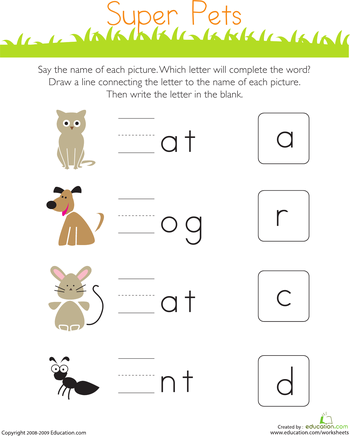
Methods cope with their task, provided that the educational process is carried out correctly - they do not force the child to study in a bad mood, do not raise their voice, do not require too much and are proud of even minimal achievements. And most importantly, the chosen method should correspond to the age and abilities of the baby.
If you see that a preschooler is interested in learning, you want to constantly learn something new and quickly make out what is written on store signs, then the alphabet will be an ideal first book that your child will be interested in learning.
Babies learn everything through play. If you want your child to quickly memorize the letters and learn to read, come up with fun educational games. And it is not at all necessary to buy expensive manuals and look for a tutor. You can do everything yourself. Learn the alphabet anytime, anywhere! Play with letters - and the child will remember them in a jiffy.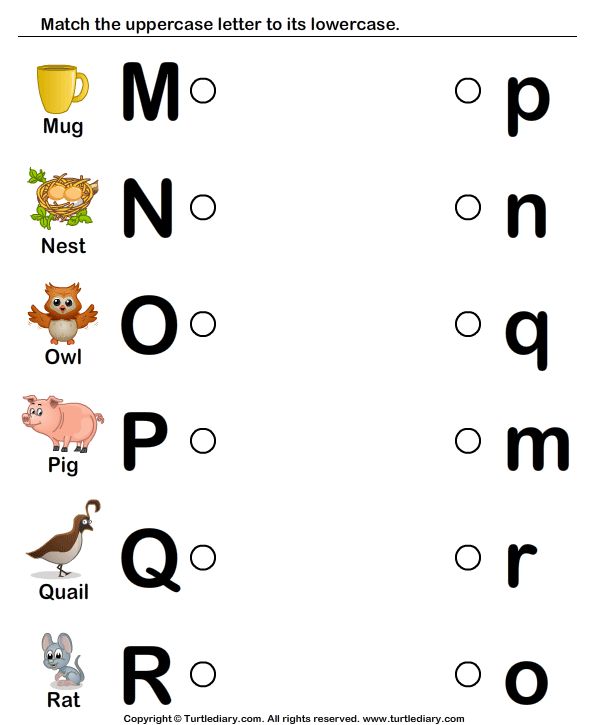
3ladies.su
What if the child does not want to learn letters? Can't remember the alphabet?
The first rule: do not force! Make learning feel like a fun game, not a boring cramming.
The more varied the activities, the faster the child will learn letters and learn to read. Stock up on patience! Do it regularly and do not overload the crumbs with information. 10 minutes a day and a few lessons a week are enough for the baby to confidently move towards the goal, and you rejoice at his successes and achievements.
Sculpting letters
Children love to sculpt. Offer them dough, plasticine, clay, wet sand, and anything that can somehow hold a given shape. Modeling develops fine motor skills, thinking, speech. The mind, as you know, is at your fingertips.
alwaysbusymama.com
Do not make several letters at once. One is enough. Letters can be decorated with beads, beans, peas. If sculpted from salt dough, you can bake and paint with gouache.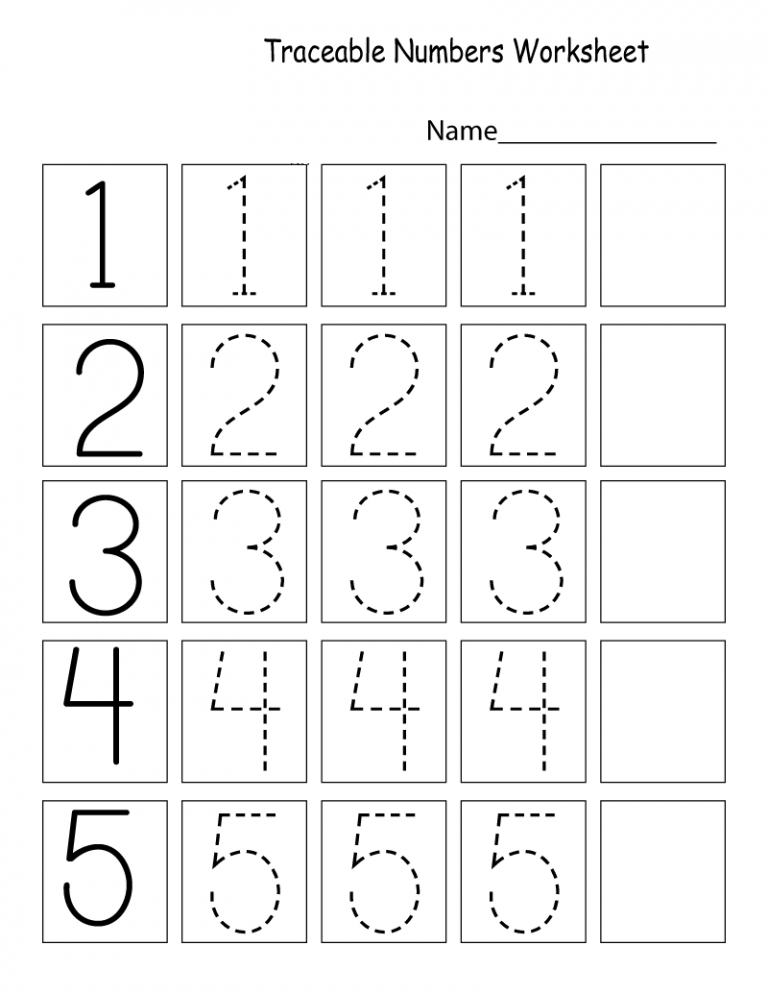
In parallel with modeling, think of other tasks to reinforce the recognition of the letter being studied.
Decided to bake cookies? Invite your child to mold and then eat their own letter. You can bake several letters with different fillings, and then hold a tasting, which one is tastier. For example, "A" - with apricot, "K" - with cinnamon, "I" - with apple jam, etc.
alwaysbusymama.com
Ready-made cookies in the form of letters are on sale. You can even make words out of it.
whatican.ru
Building letters
alwaysbusymama.com
Many kids are ready to spend hours with the designer. Take advantage of this hobby to learn the alphabet.
adalin.mospsy.ru
Got a mosaic? Play with letters. You can not only lay out letters, but also turn them into each other by adding or removing elements.
nasolini.livejournal.com
It is convenient to build letters with counting sticks.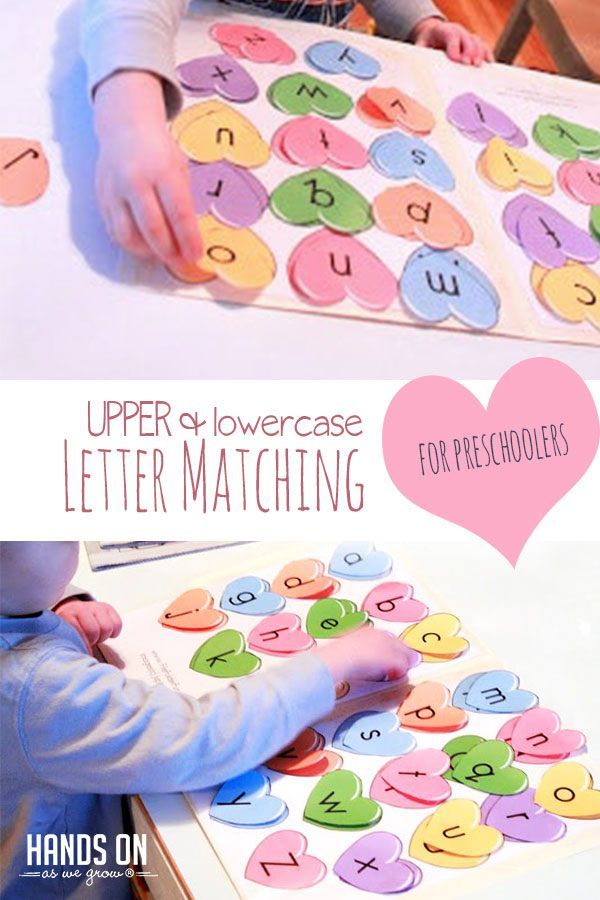
www.babyblog.ru
Blocks and other materials can be used.
bukvar-online.ru
otvetprost.com
Drawing letters
Focus on the interests of your baby. Likes drawing? Great, offer to draw a letter, dress it up in a dress, or move your finger along a tray of semolina while you are busy preparing porridge for dinner.
alwaysbusymama.com
You can draw letters just in the air. One draws, the other guesses. The main thing to remember about mirroring: you need to stand at the mirror or next to the child (not opposite).
It is a lot of fun to draw letters on a misted glass or on your own plate.
Looking for a letter in magazines and newspapers
bookmix.ru
Set a specific task: find and cut out the letter "A", for example. A more complicated option is to cut out the letters and compose a message out of them.
alwaysbusymama.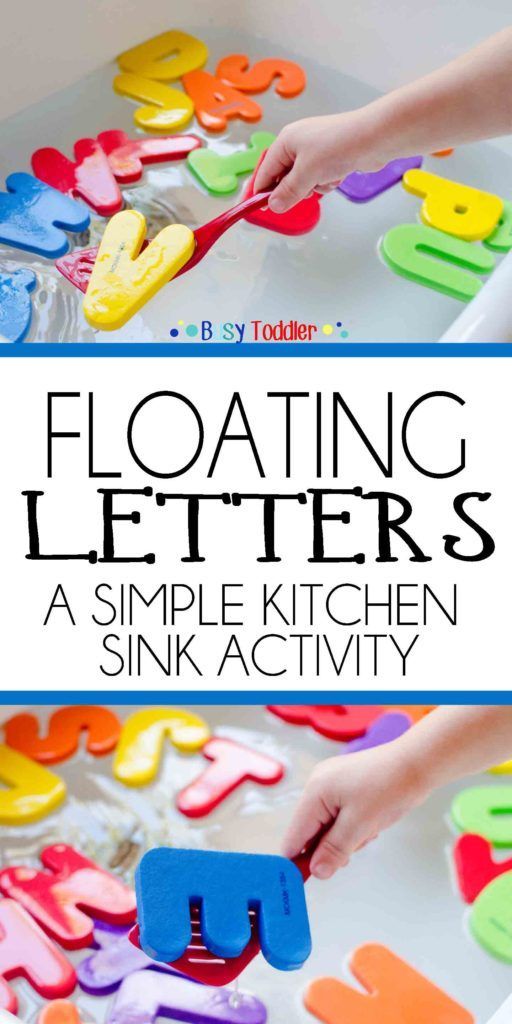 com
com
Another proven game. Take a pen and paint over in the text all the letters "o" that you can find. This is exactly the task for a real detective!
Play hide and seek with letters
Hide and seek is a favorite children's game. Invite the kids to look not for each other, but for letters.
bukvar-online.ru
Cheer up with "hot", "cold", "warmer" exclamations. You can hide letters-magnets, cubes with letters, cards - any option is suitable.
Sorting letters
Sign toilet paper rolls - these are your piggy banks. They need to throw the appropriate chestnuts. No chestnuts, take corks or something else that fits the size.
babyzzz.ru
"Manual" alphabet
Letters can be "tamed". To do this, they need to learn! The game will appeal to those who are not afraid to get dirty and love to draw.
alwaysbusymama.com
Entertaining didactic tasks
cdn. imgbb.ru
imgbb.ru
You can find and print fun letter assignments. It's very easy to make your own cards.
www.liveinternet.ru
How to learn letters: video
When introducing letters to a preschool child, call them as they are pronounced in speech, and not as they are usually called in the alphabet.
Dear readers! How do you teach letters to your child? What games do you play so that the baby quickly remembers the alphabet and learns to read?
Remember your childhood, do you remember yourself well at 5, 6, 7 years old? We dare to assume that it is not, and you remember only some fuzzy moments, such as the first of September, riding a bicycle, or summer at grandparents in the country. It is understandable, our memory is so arranged that most of even the most vivid impressions are erased sooner or later, making room for new events. You probably don’t remember how you learned the alphabet, how you tried to remember the sound of letters, how hesitantly folded syllables, and then whole words. Now reading is firmly established in the life of every adult, but not a child. Teaching children to read or just understand letters is not an easy task. However, without this simple skill, nowhere, so sooner or later you will have to teach your child to read and write, and a huge number of educational games will help you keep calm and nerves.
Now reading is firmly established in the life of every adult, but not a child. Teaching children to read or just understand letters is not an easy task. However, without this simple skill, nowhere, so sooner or later you will have to teach your child to read and write, and a huge number of educational games will help you keep calm and nerves.
Such an incomprehensible alphabet
Since your child is still small, the task of finding the right educational game will fall on your shoulders, filtering out everything superfluous, strange, incomprehensible or simply too complicated for your child. It doesn't really matter how old your child is: two, three, or five; it just so happens that every parent decides when to teach a child to read. Some kids get acquainted with letters very early: at two or three years old and feel great; others, even being older, cannot remember the letters in any way. In general, everything is individual, so it is so important to choose the right training task.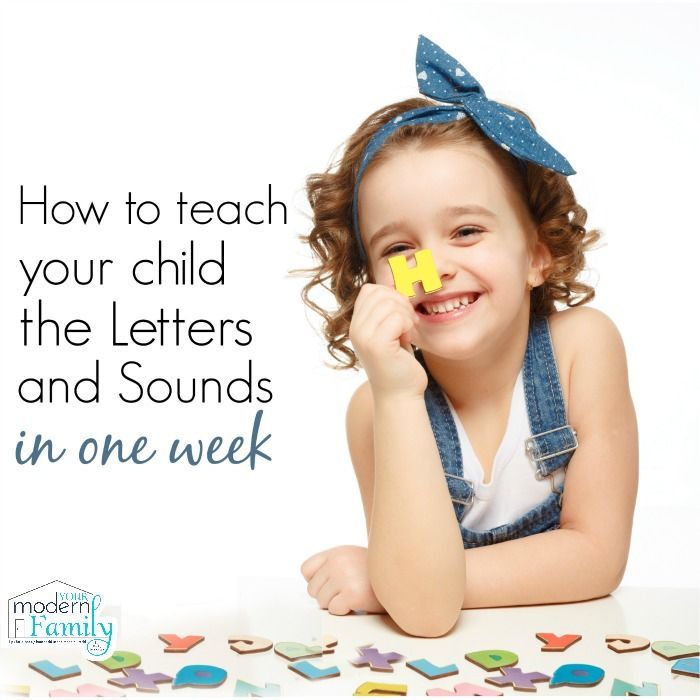
If your kid is not yet at school, he is three years old, but you still want to teach him letters, then choose games as bright as possible, with large letters and simple words. It’s good if all kinds of tips are provided, and the lessons will be taught by characters familiar to the child from cartoons and fairy tales: animals, wizards, superheroes. Then the child will not lose interest too quickly and will remember something, but do not demand too much from the baby, otherwise you will completely discourage him from learning.
Older children (5-6 years old) can choose games that are more difficult, with a large number of tasks, with an interesting storyline and prizes, so that the child has an incentive to complete one or another task. Favorite characters, whether they are flattering animals, Spider-Man, Luntik, Masha and the Bear and others, will not be superfluous either. After all, you see, it is much more pleasant to obey a funny bear than a strict teacher. Cheerful music, large pictures, detailed explanations and short puzzles will interest the child even more, and if he does not understand something, be there to help him.
If you have no idea where to start the lessons and get confused in a sea of tasks and suggestions, then we suggest you not be smart and pay attention to the most elementary - the alphabet. Remember your alphabet with large beautiful letters, pictures, words? So your baby may have the same alphabet, but in the virtual world. It is in no way inferior to the good old paper alphabet and even slightly outperforms it in terms of usefulness.
The virtual alphabet contains all the letters of the alphabet, next to each letter there are animals or inanimate objects. Invite the child to click on a letter or picture, then the sound of these letters and objects will be heard. In some alphabets, reinforcing tasks are also provided: make a word, put the letters in order (A, B, C, D, D, and so on), first write the vowels, then the consonants, color the letters, and so on. Is there such a thing in the usual alphabet?
Letters here and there
If your child has already got acquainted with the alphabet and can name all the letters in order without errors (or almost without errors), then it's time to find more difficult tasks for him.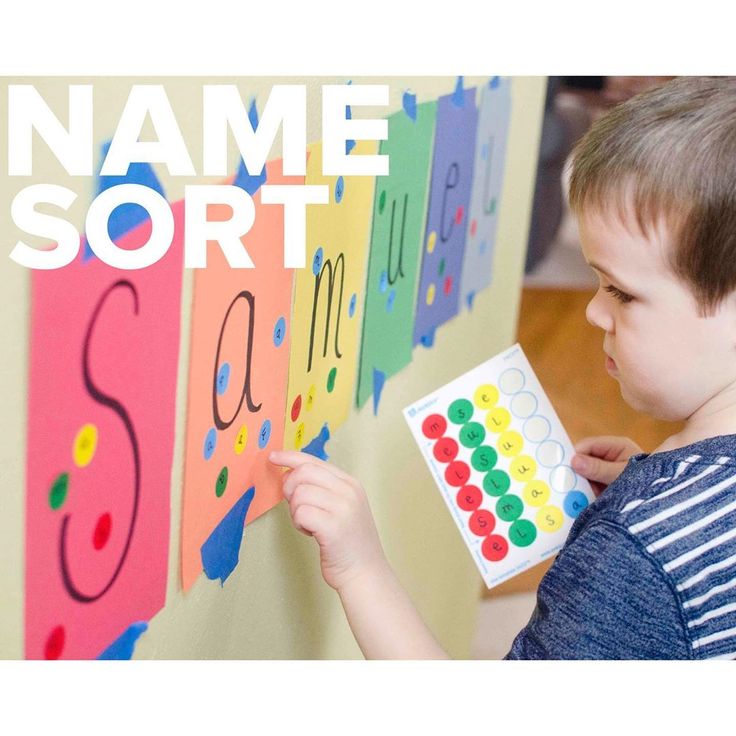 For example, constructors of letters and words, they offer the child to collect each letter or word in parts. In some constructors, these letters and words can then be colored or even translated into another language, for example, English. Another interesting option for children who have learned letters is puzzles. Show your child a bright puzzle, which depicts words and some creatures, and invite him to disassemble the puzzle and put it back together, maybe for a while, or just like that, to fix it.
For example, constructors of letters and words, they offer the child to collect each letter or word in parts. In some constructors, these letters and words can then be colored or even translated into another language, for example, English. Another interesting option for children who have learned letters is puzzles. Show your child a bright puzzle, which depicts words and some creatures, and invite him to disassemble the puzzle and put it back together, maybe for a while, or just like that, to fix it.
The letters are already bouncing off your teeth, can't wait to read something, even a short, simple fairy tale? Wait, take your time, before opening the book, check how well your baby remembers how to connect letters. You can also do this through the game. Take your child to the country of letters and make up as many syllables or even words as possible, find all the vowels and consonants, find out how soft and hard, hissing and growling sounds differ. Let the kid complete several missions and try to earn as many points as possible.